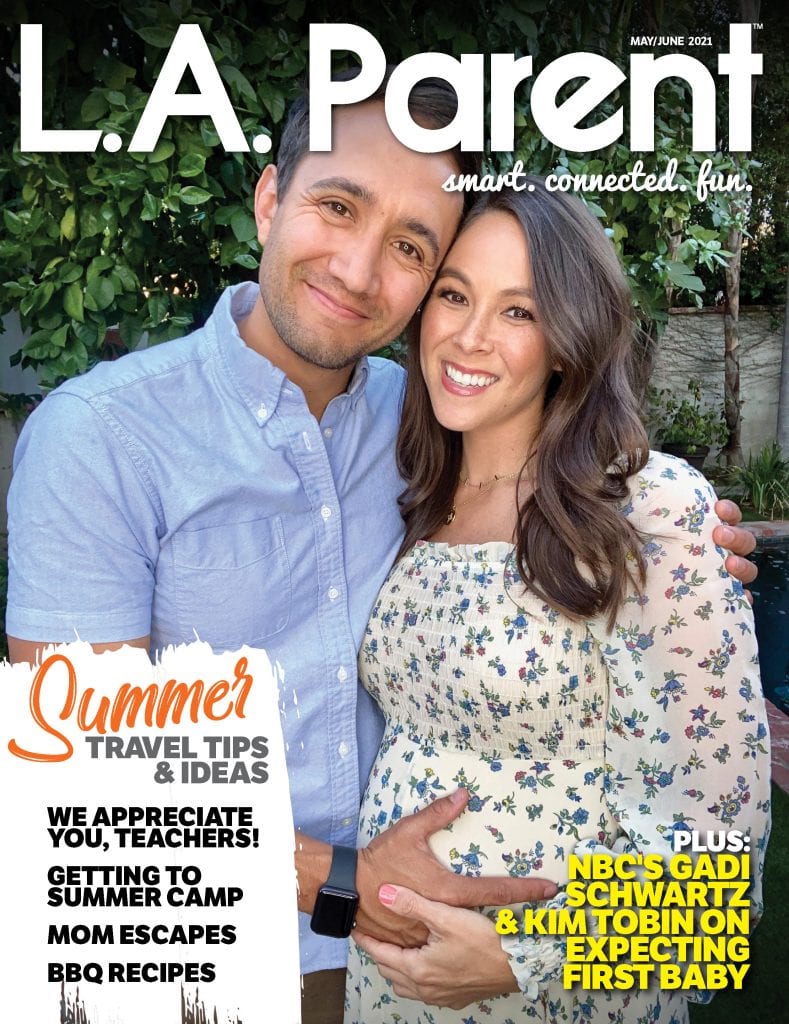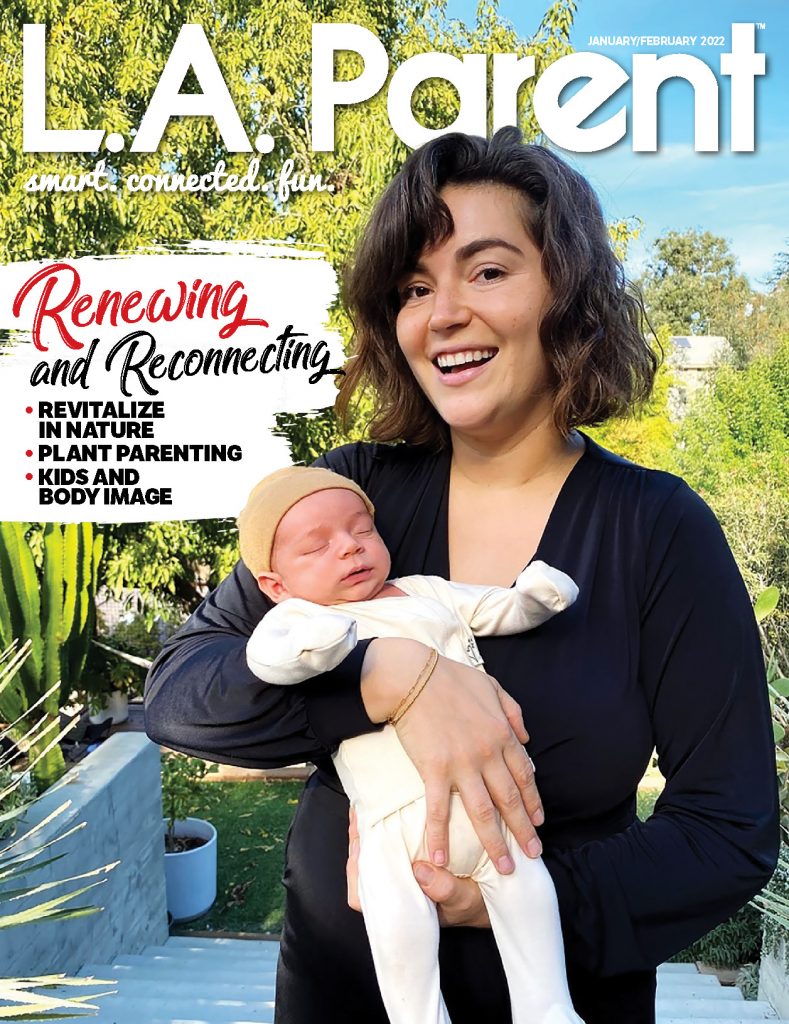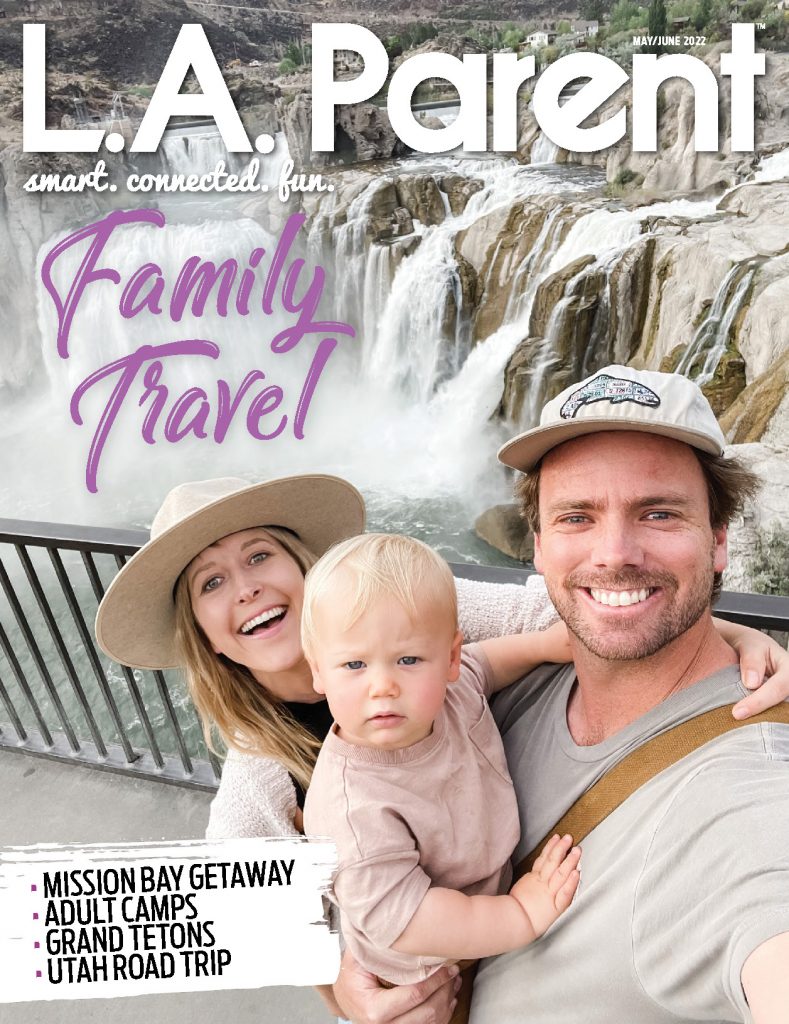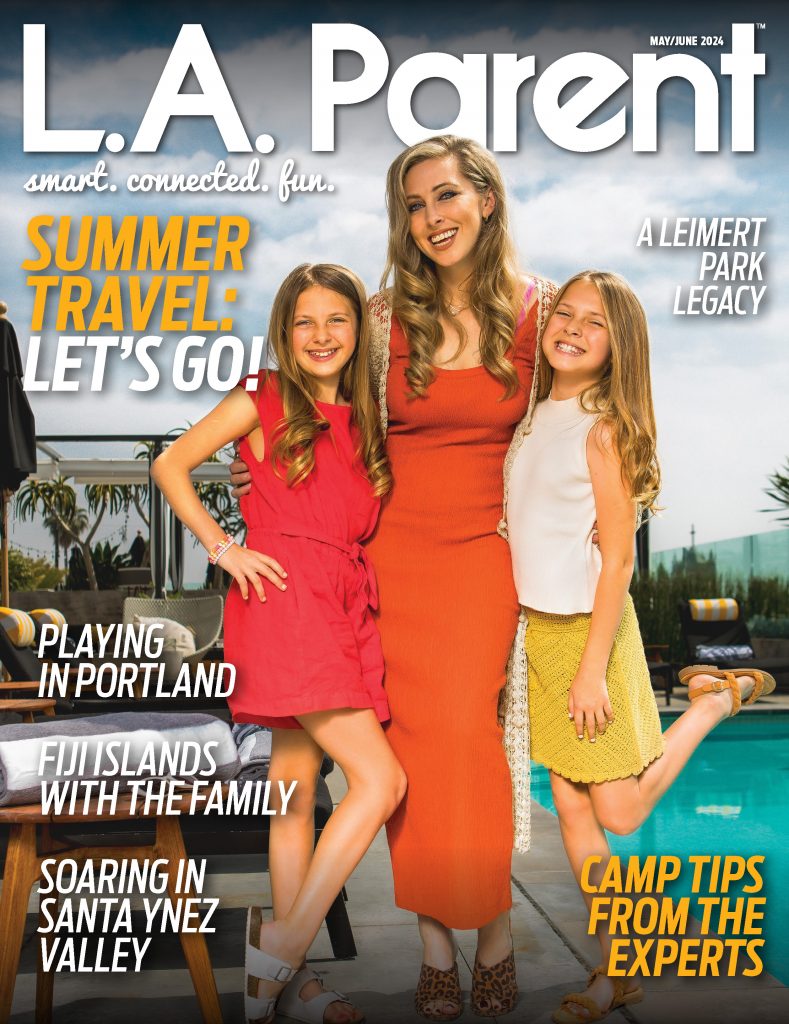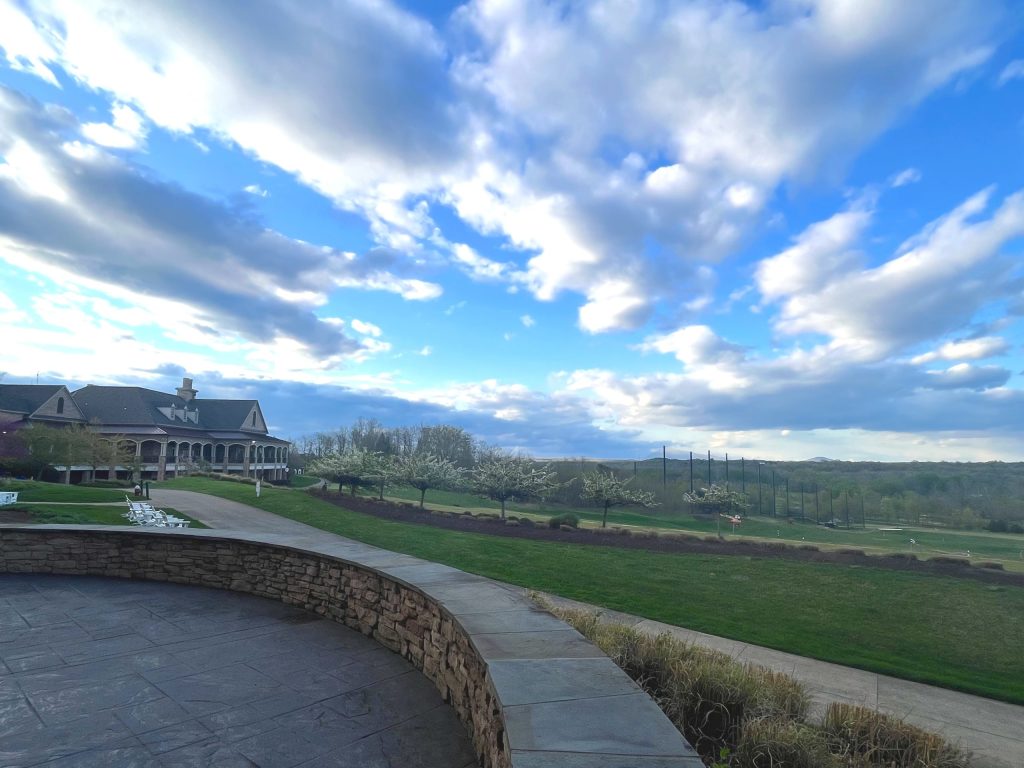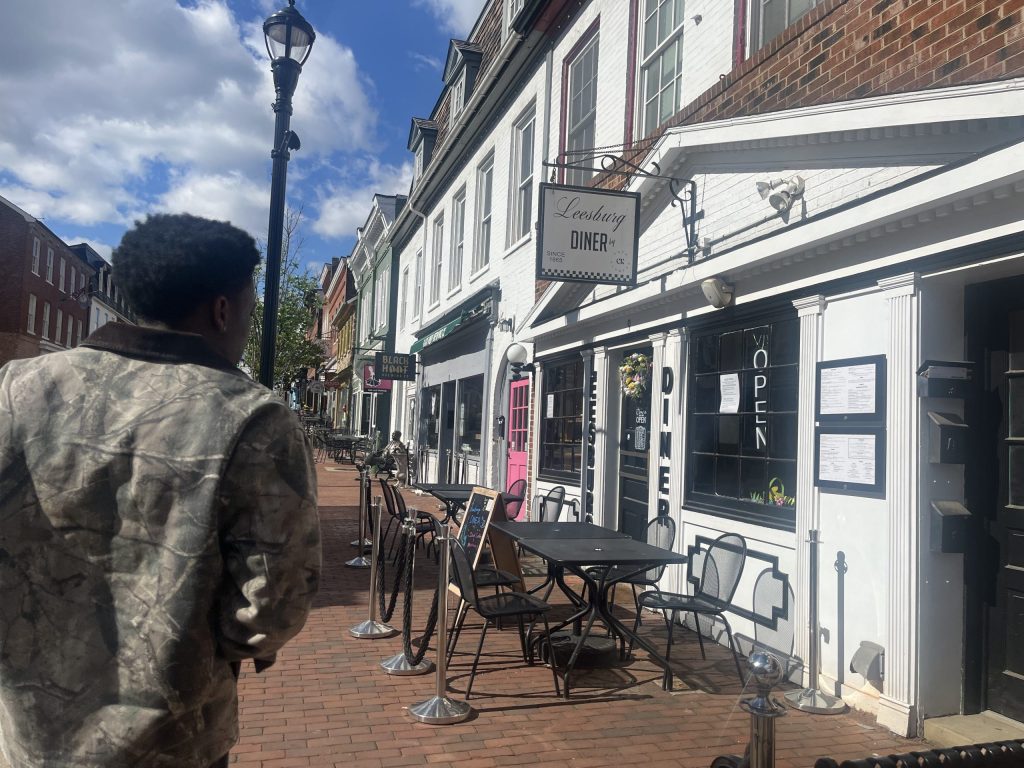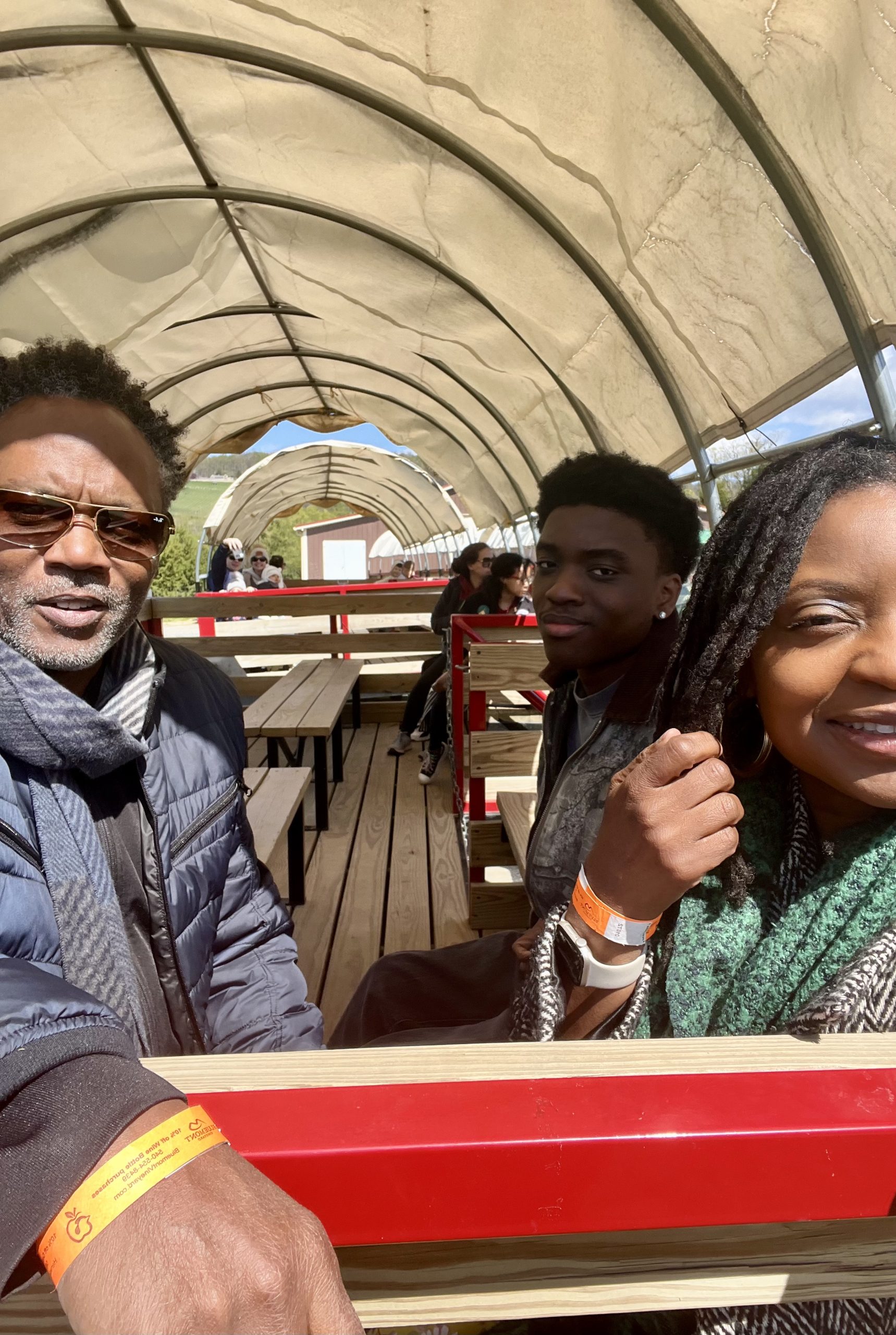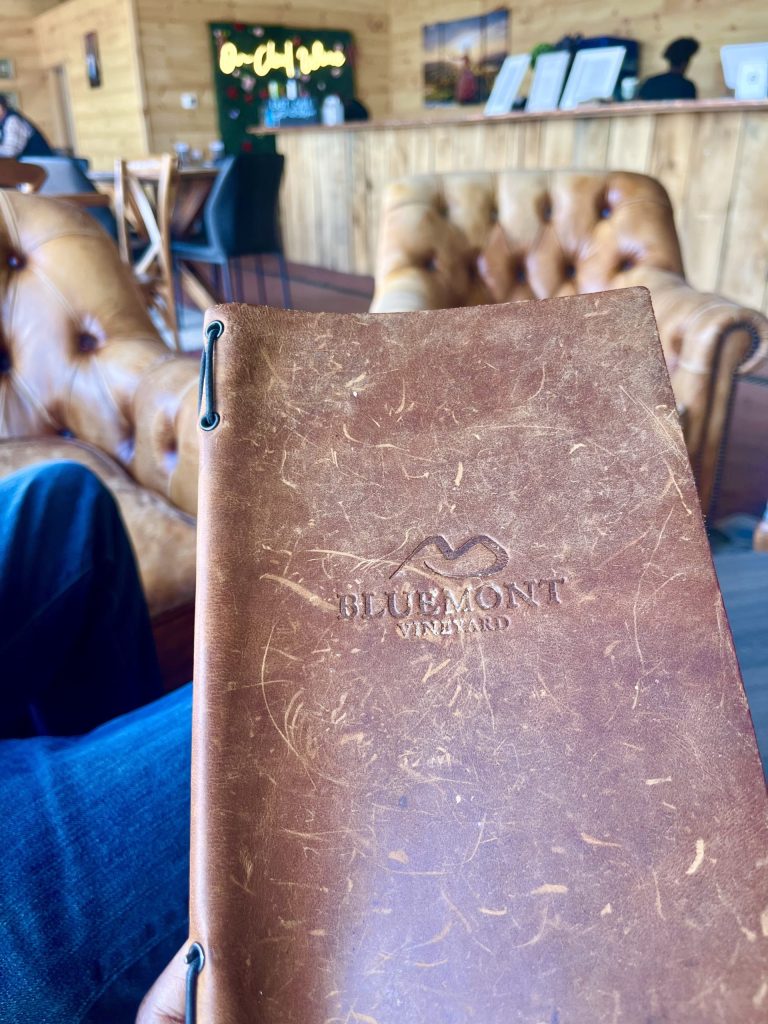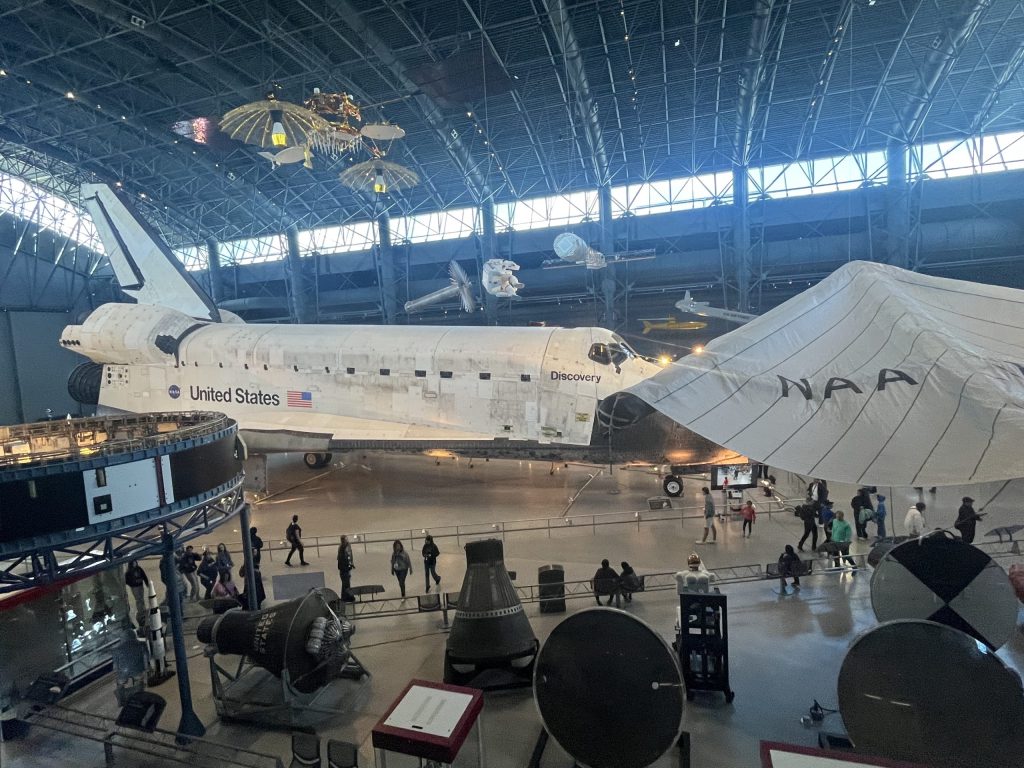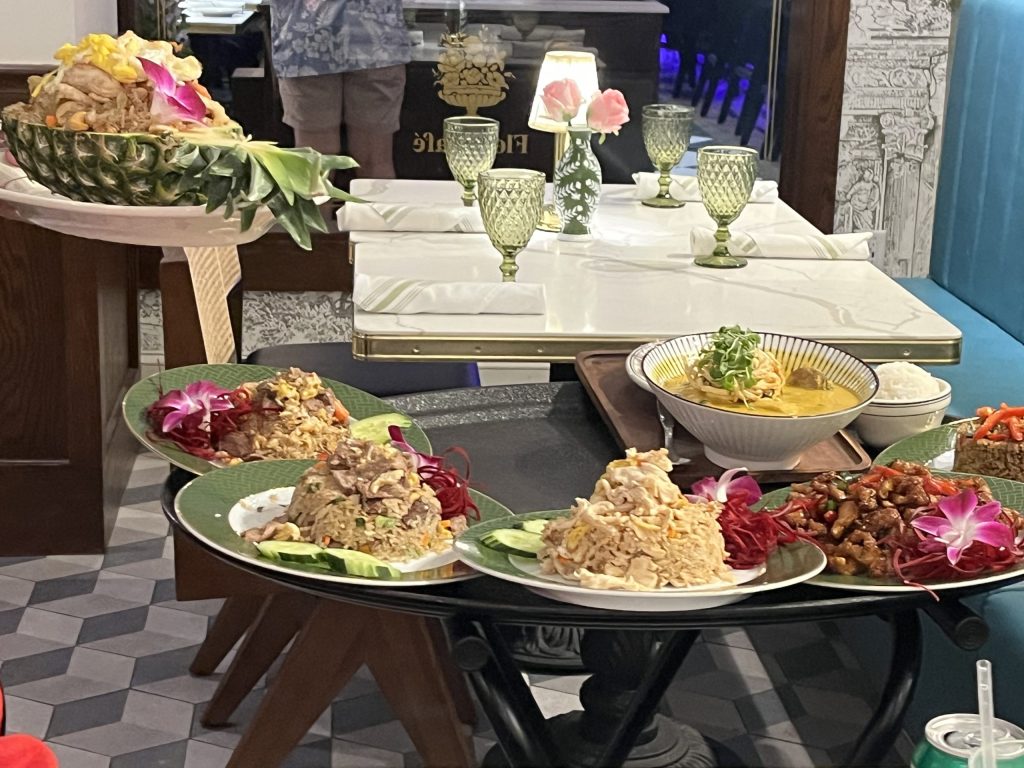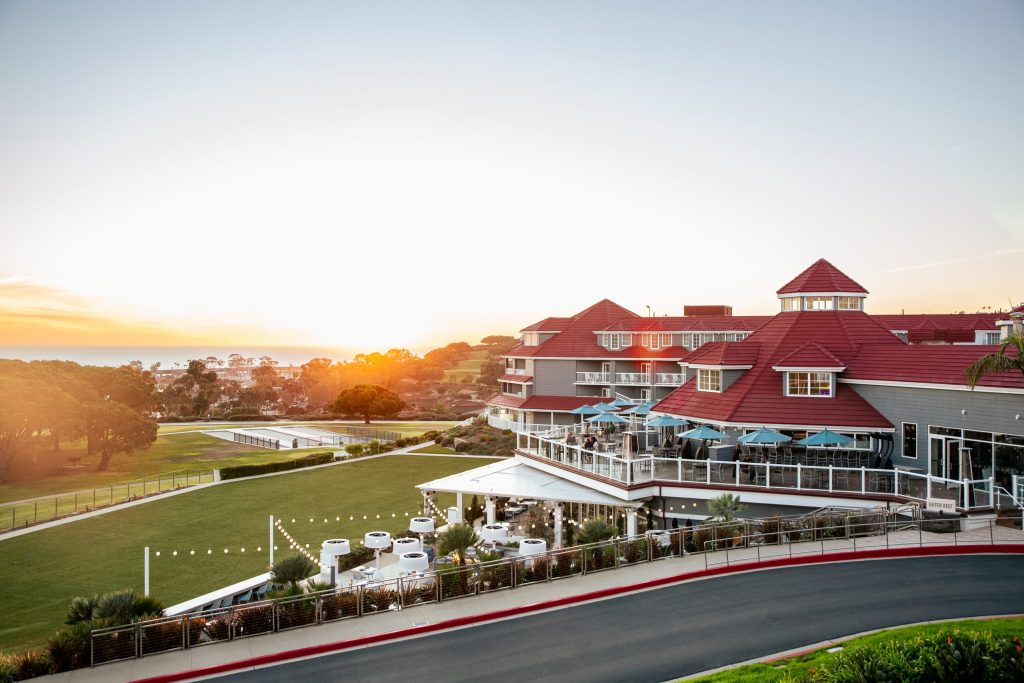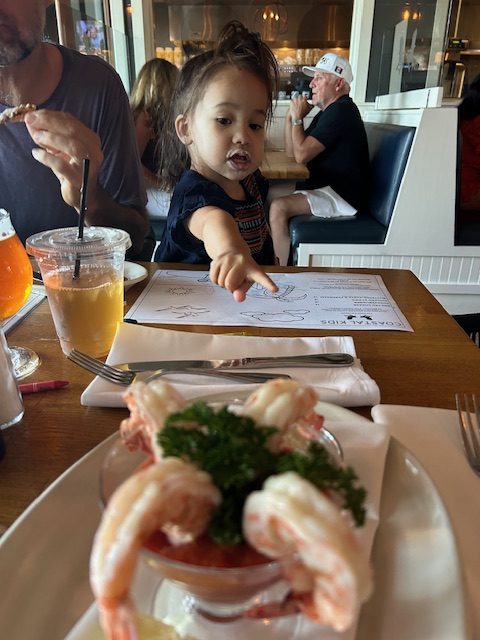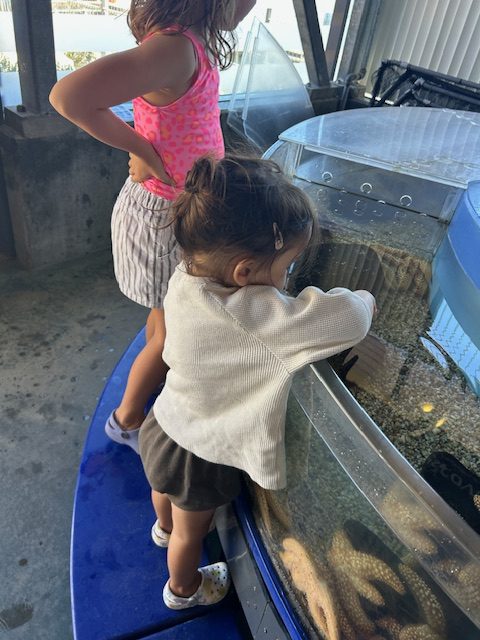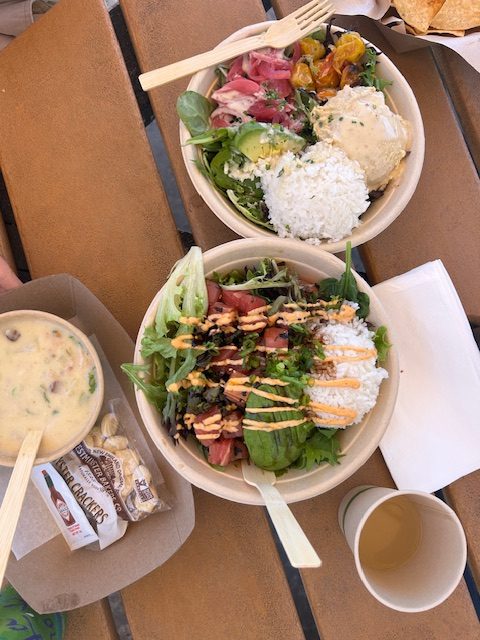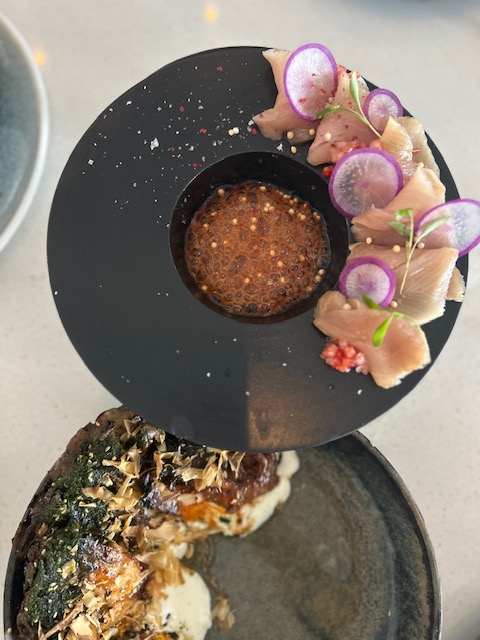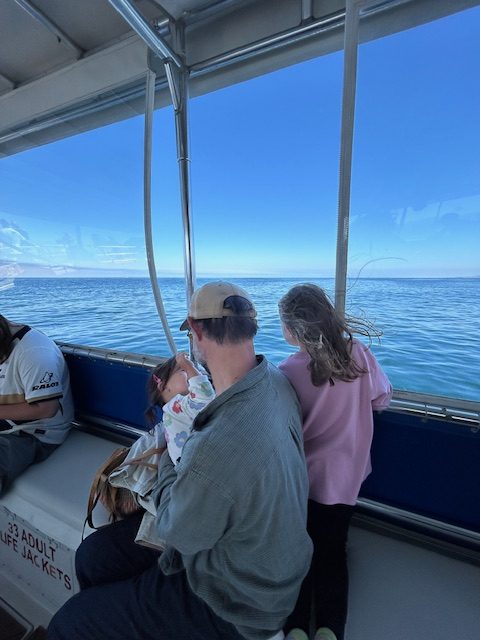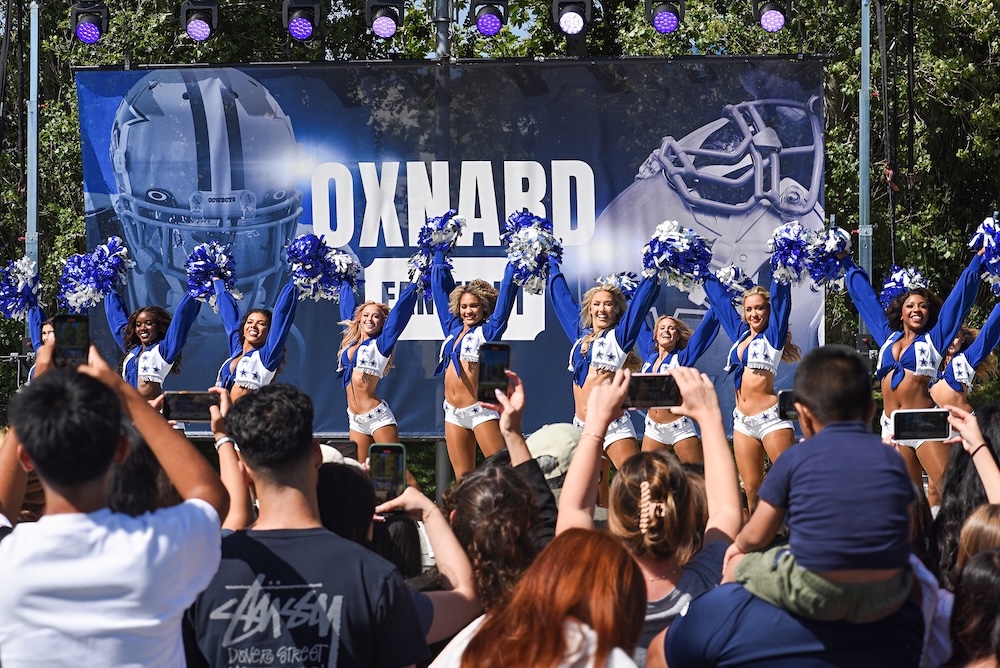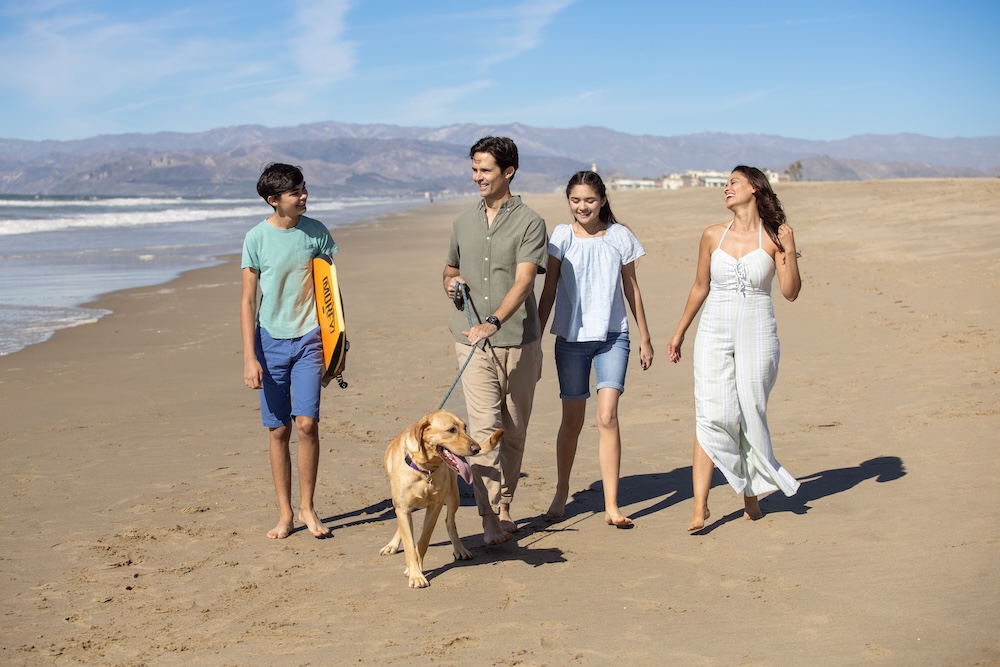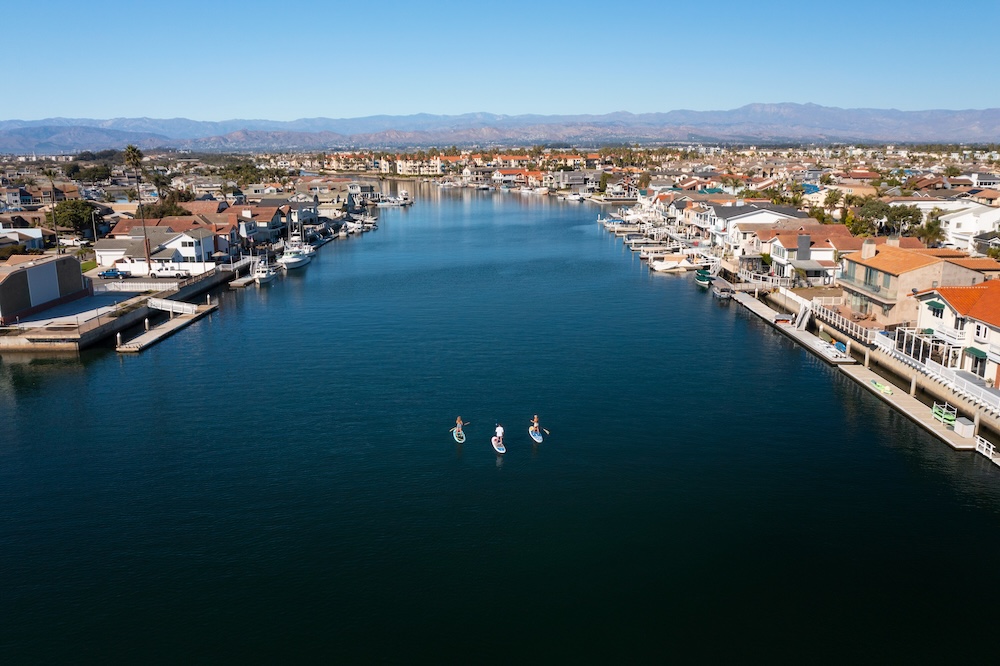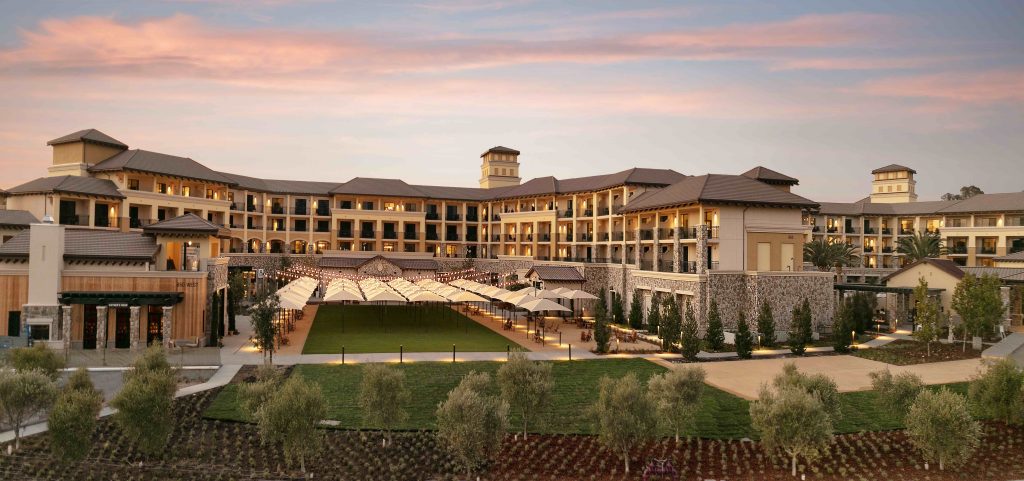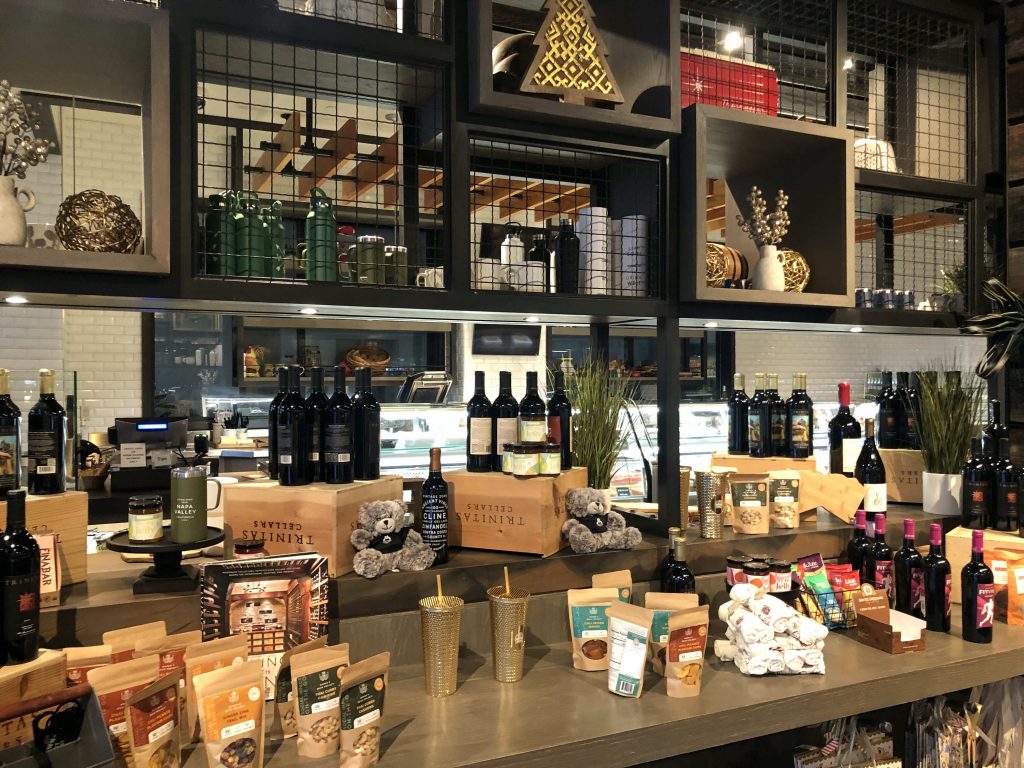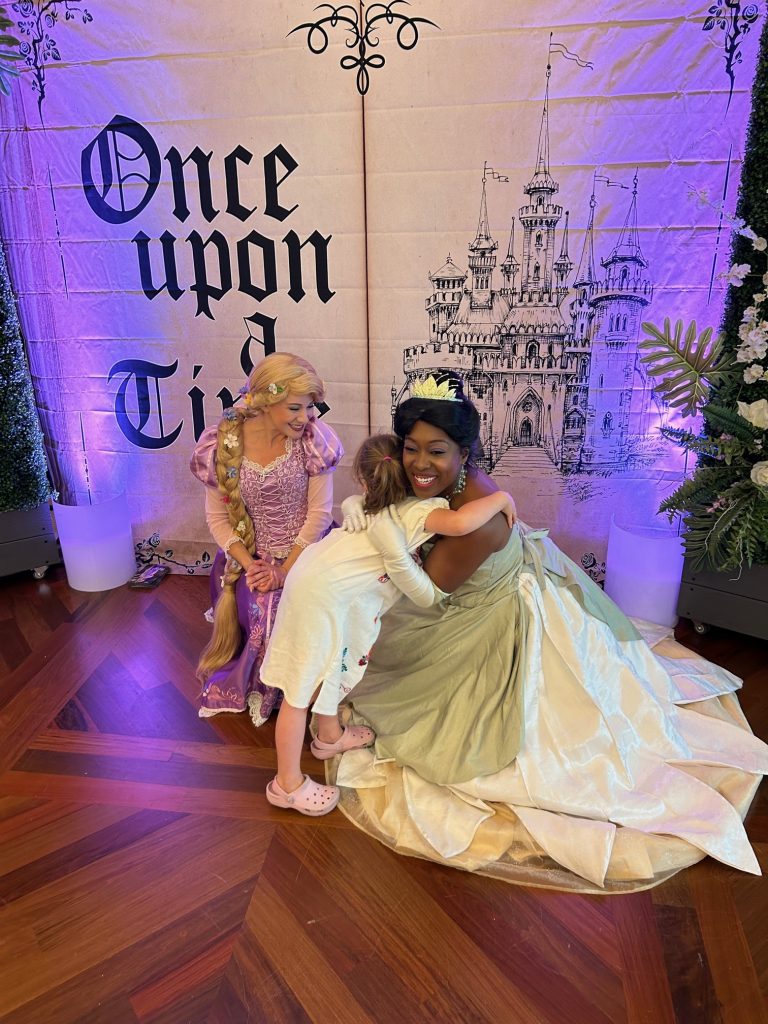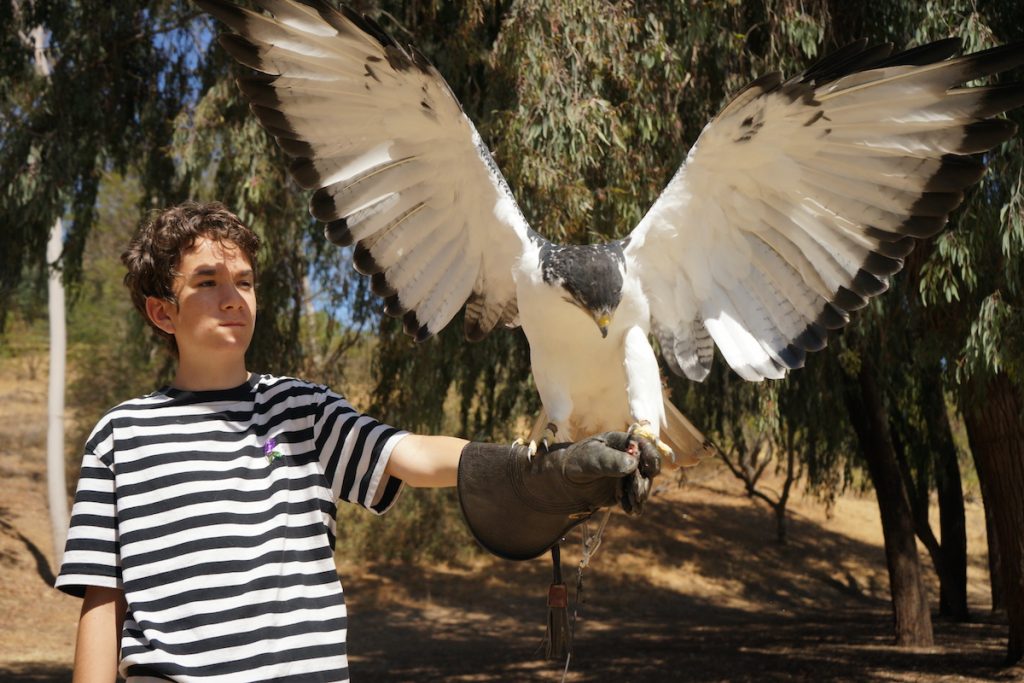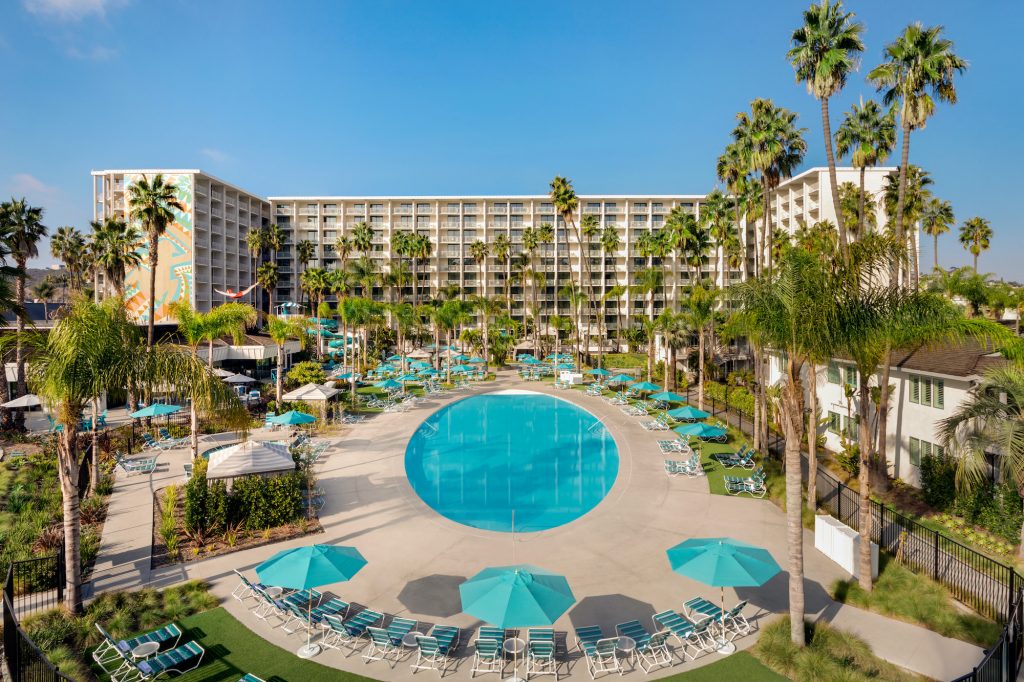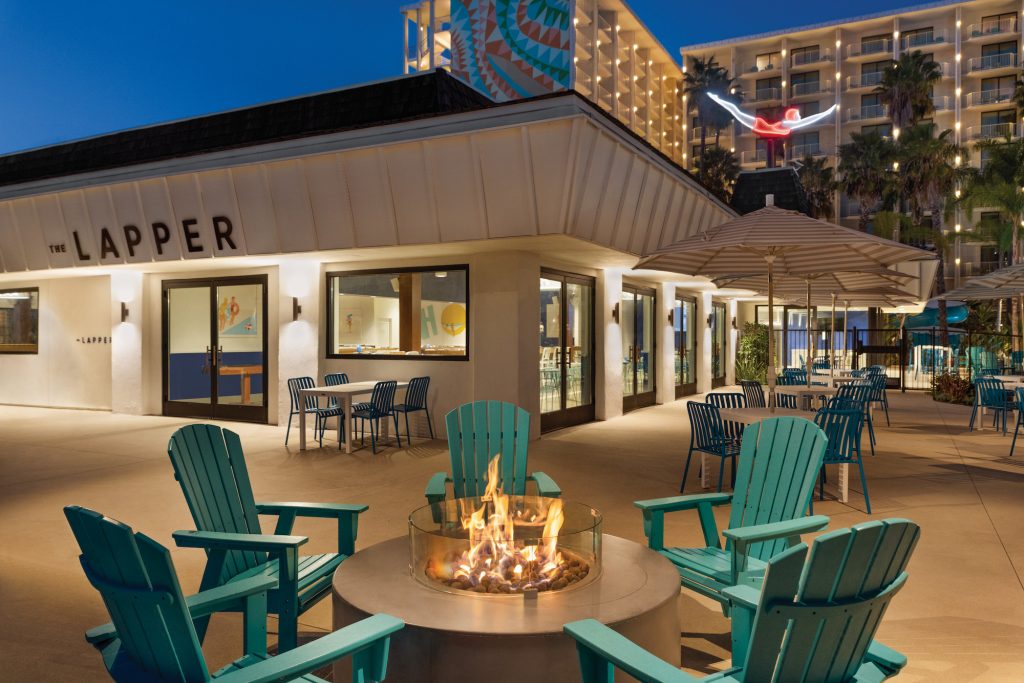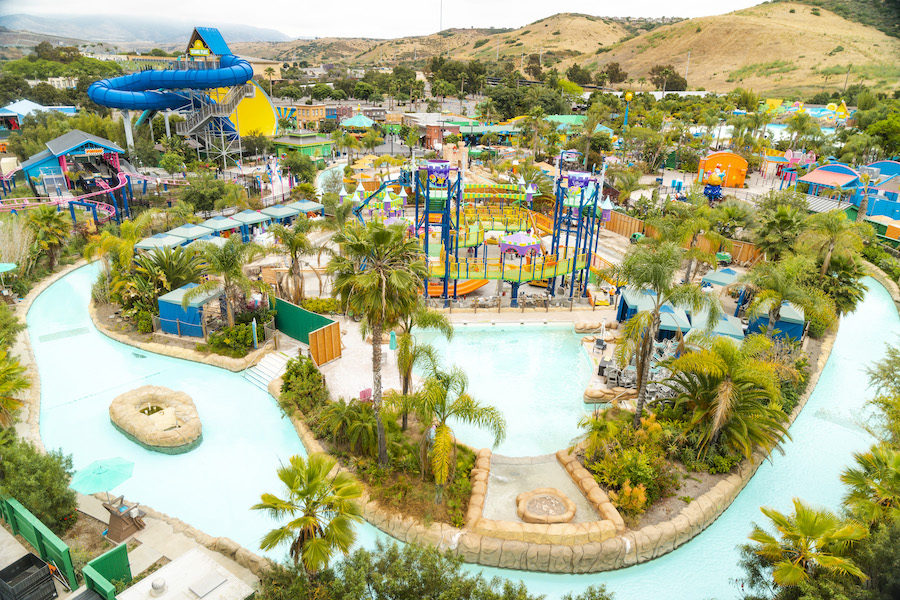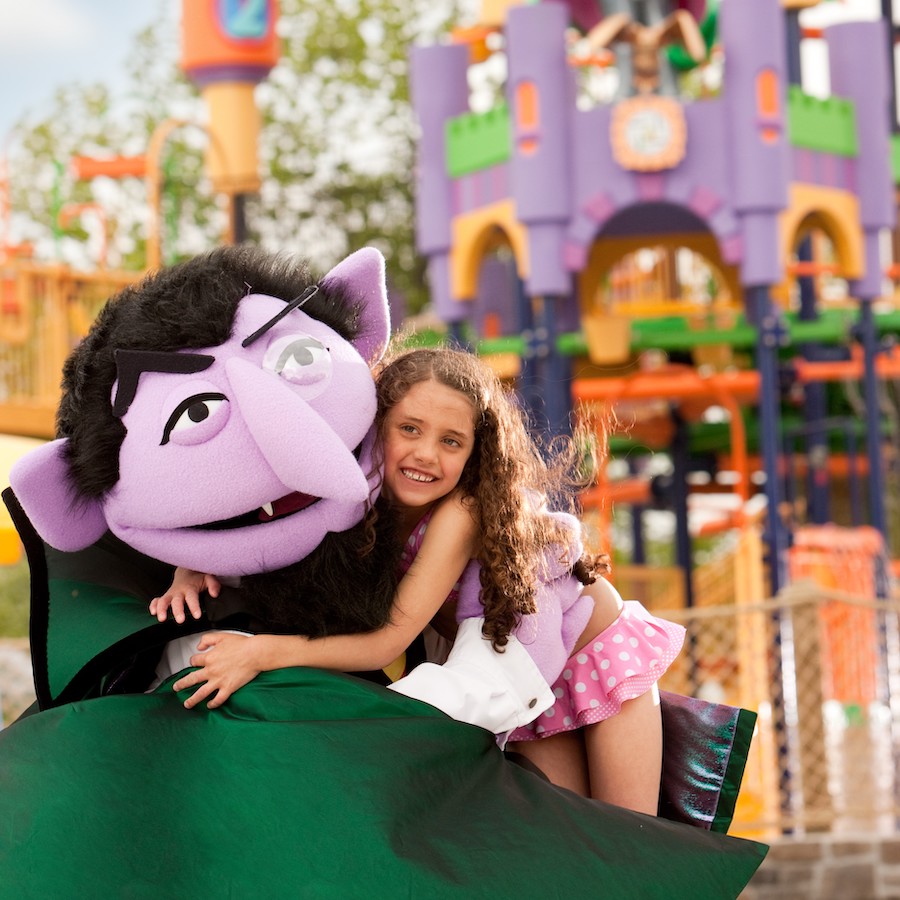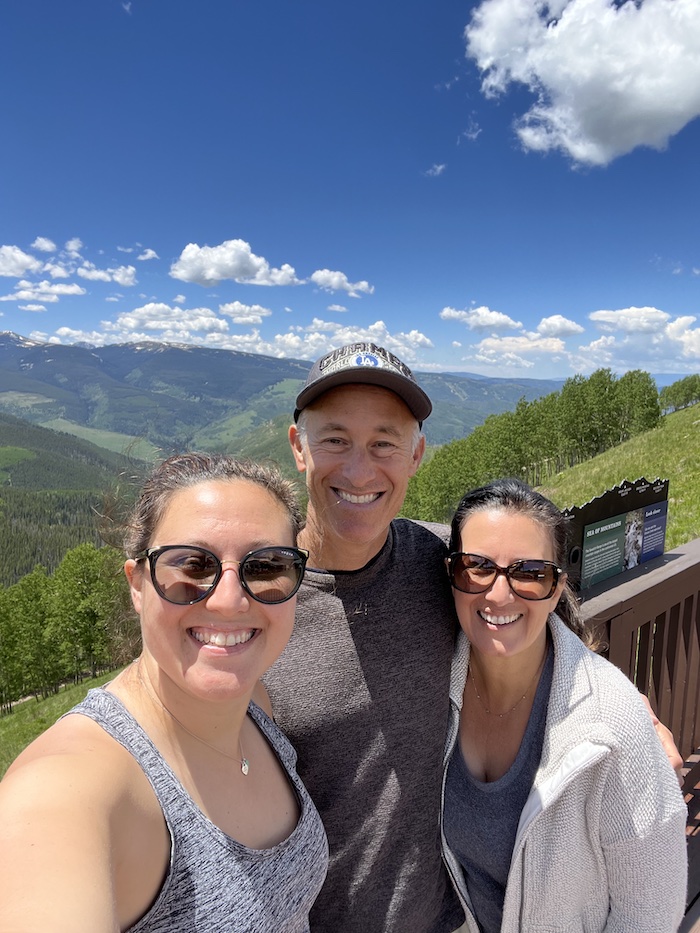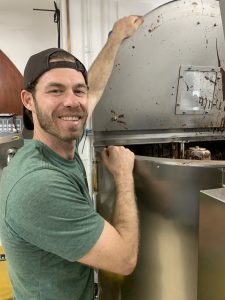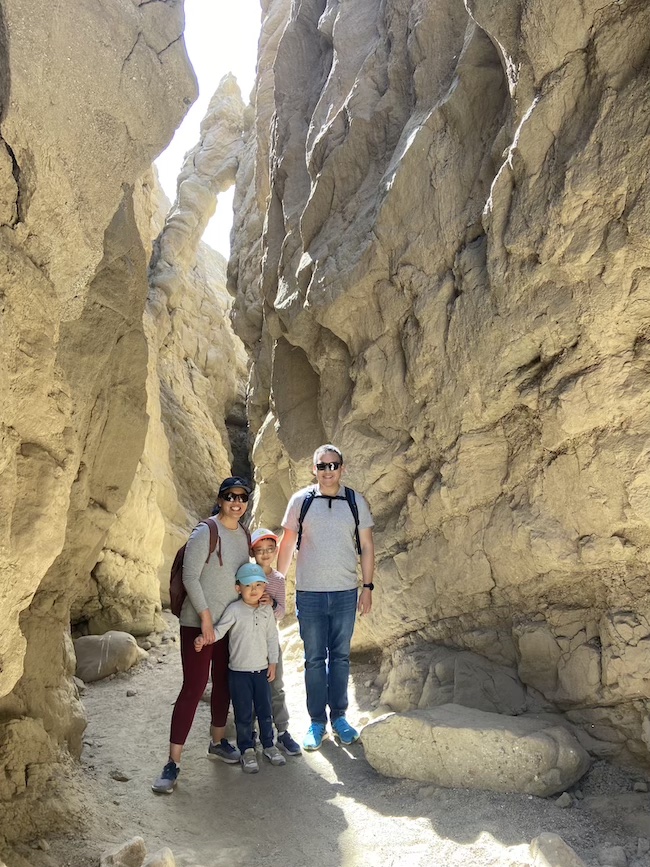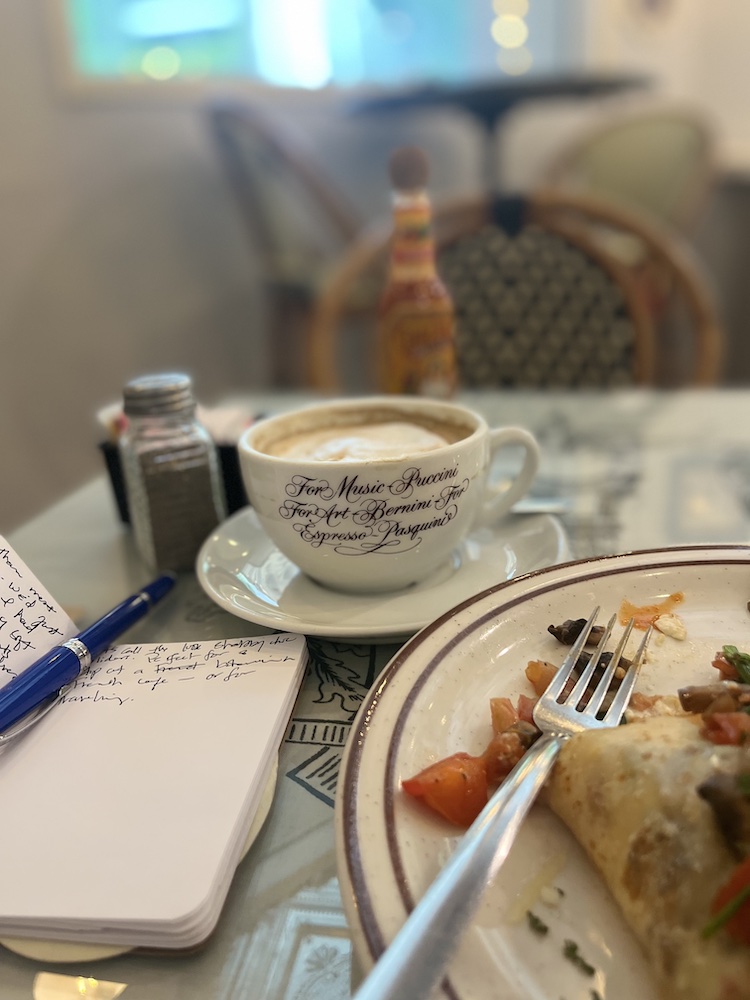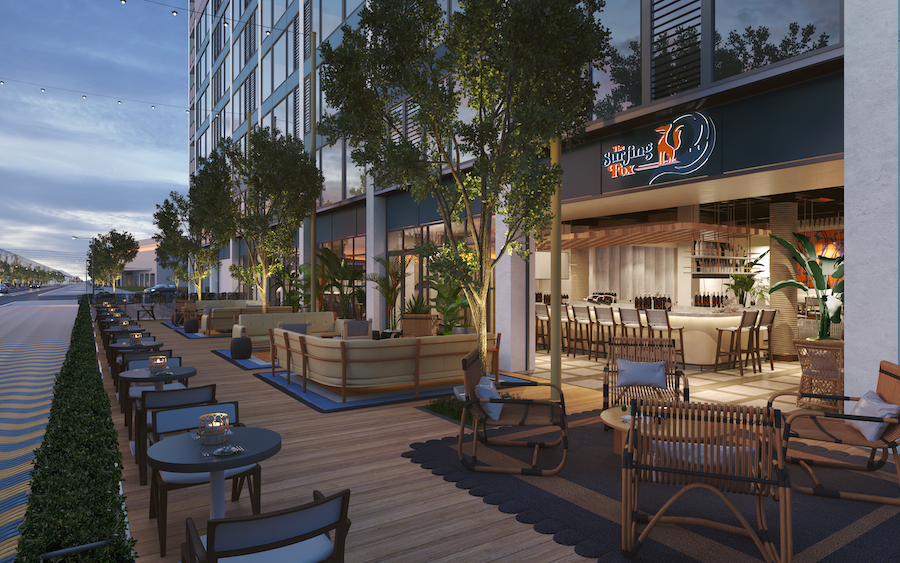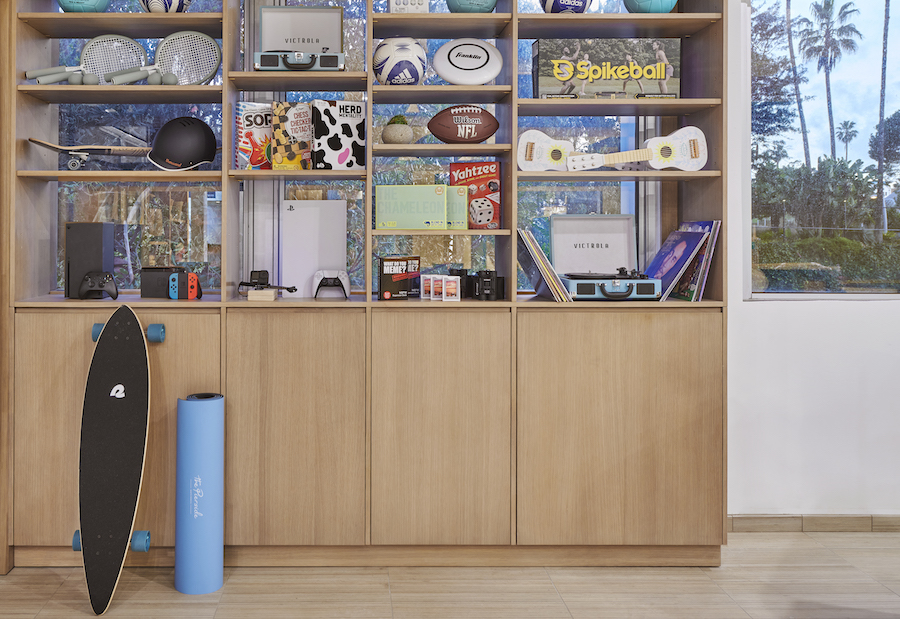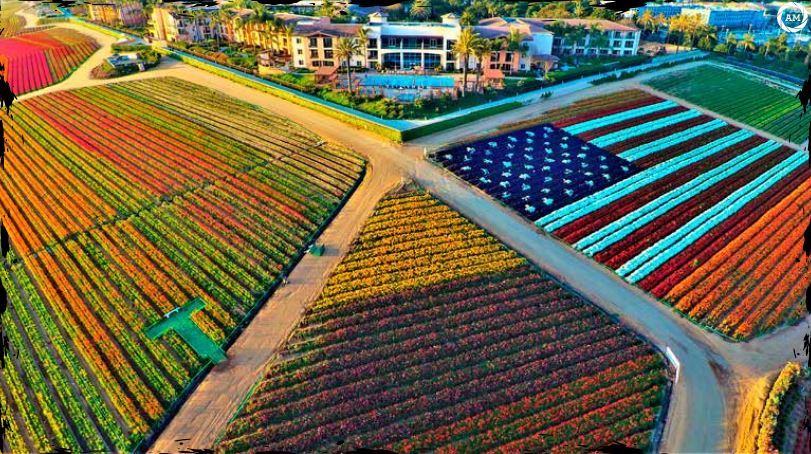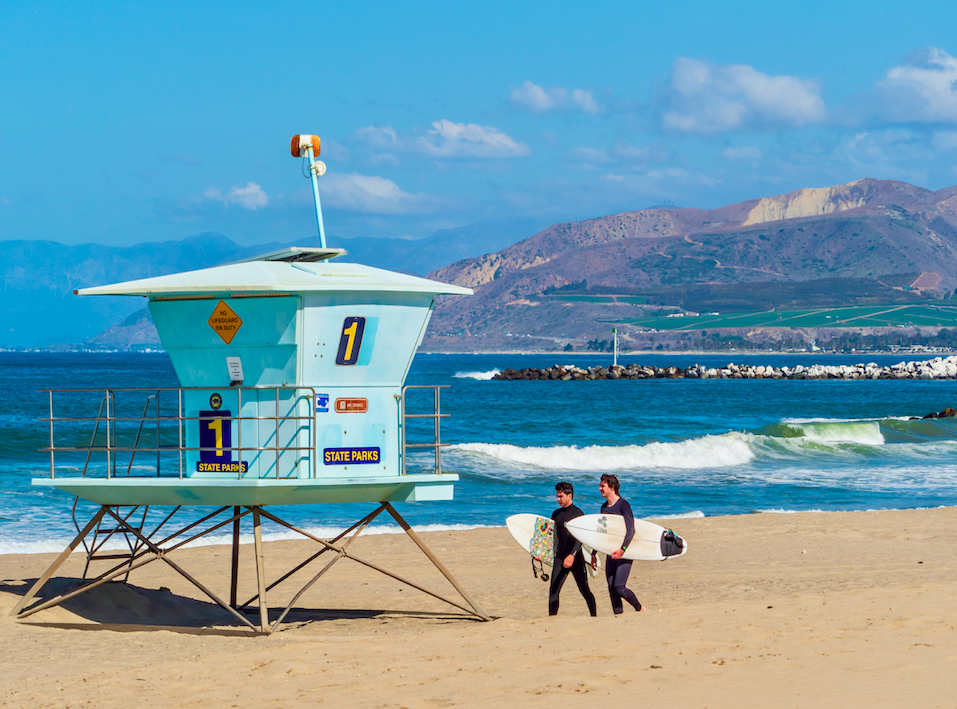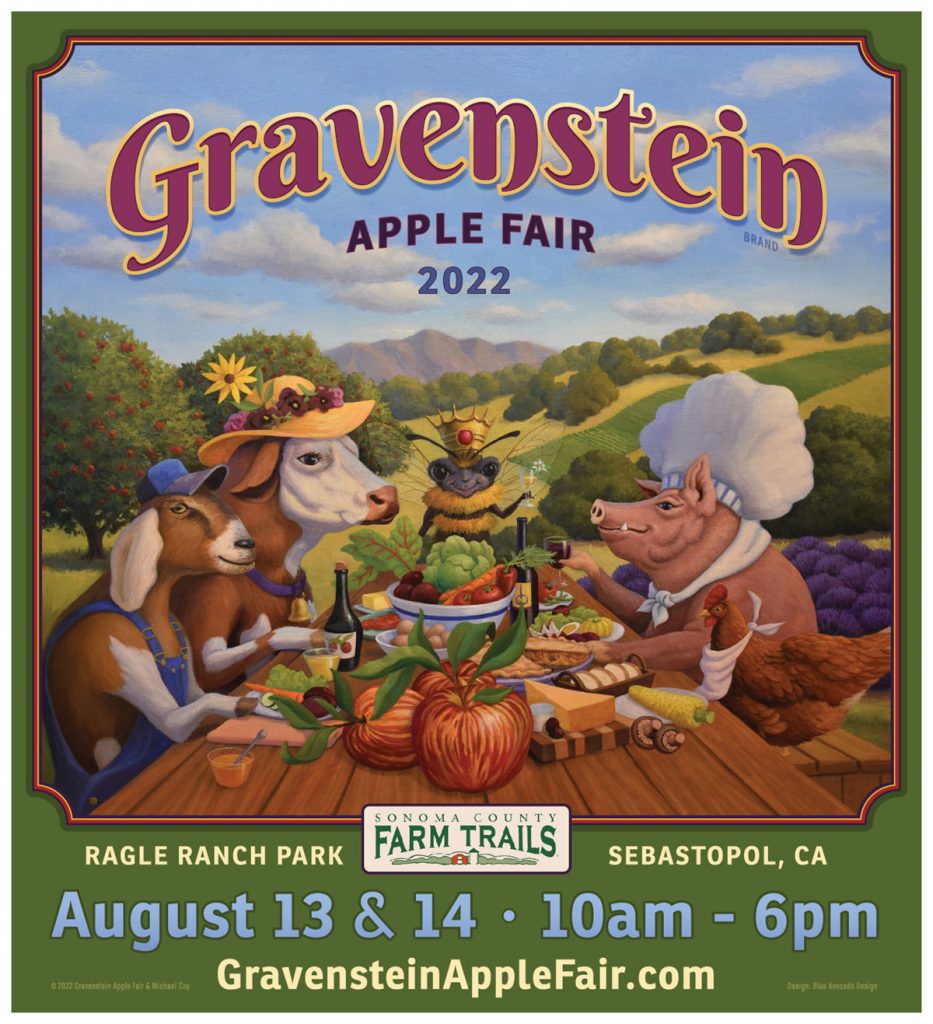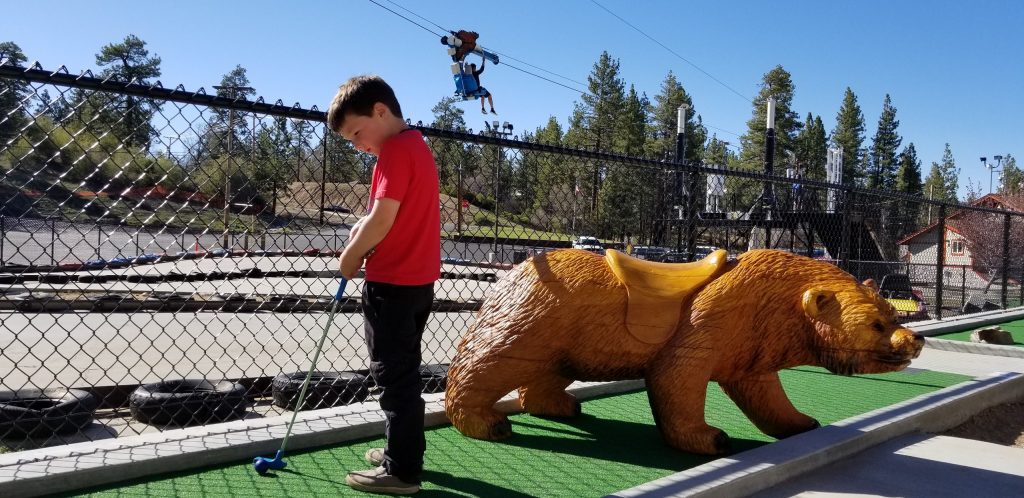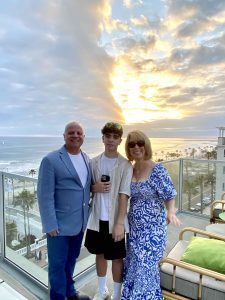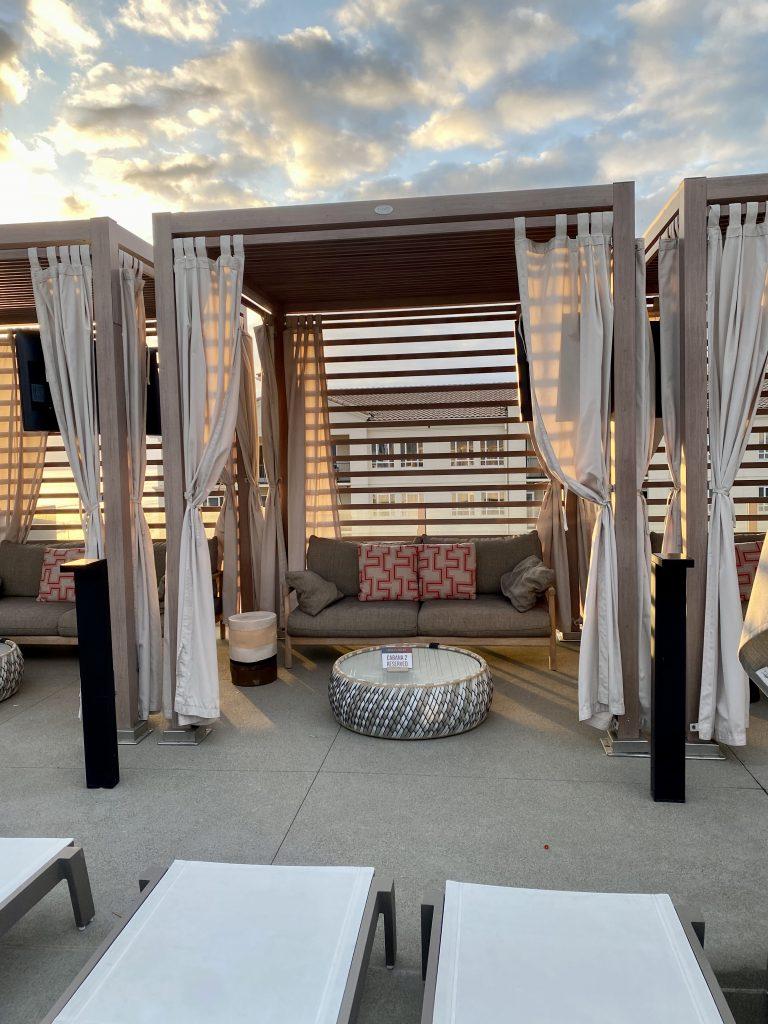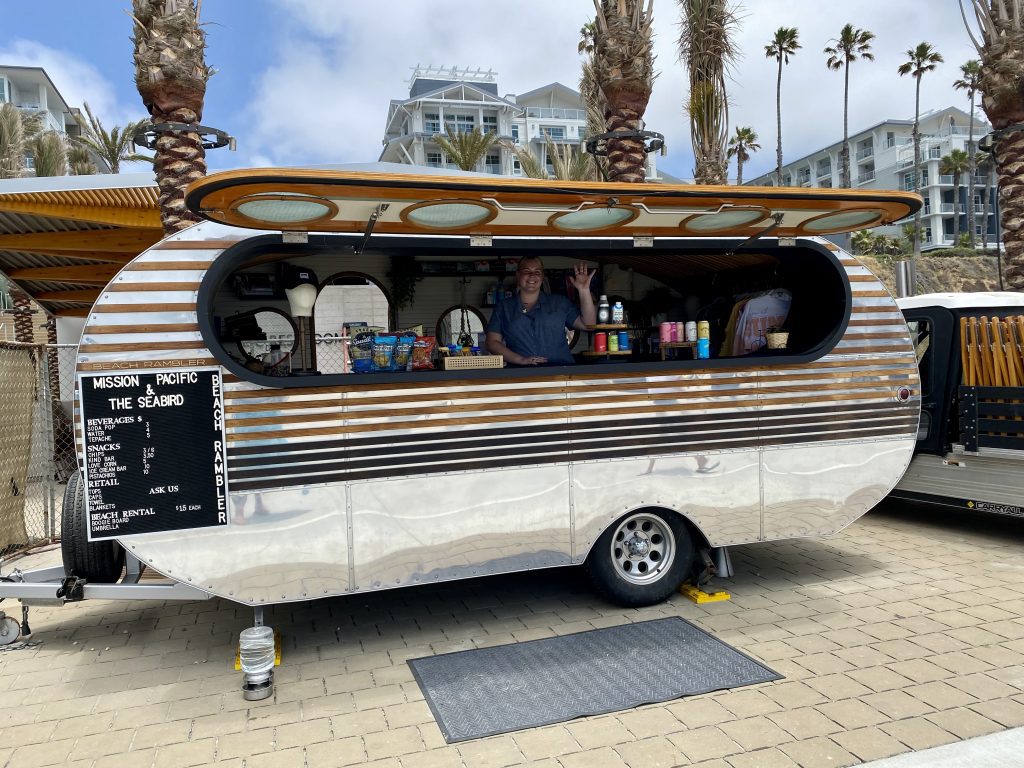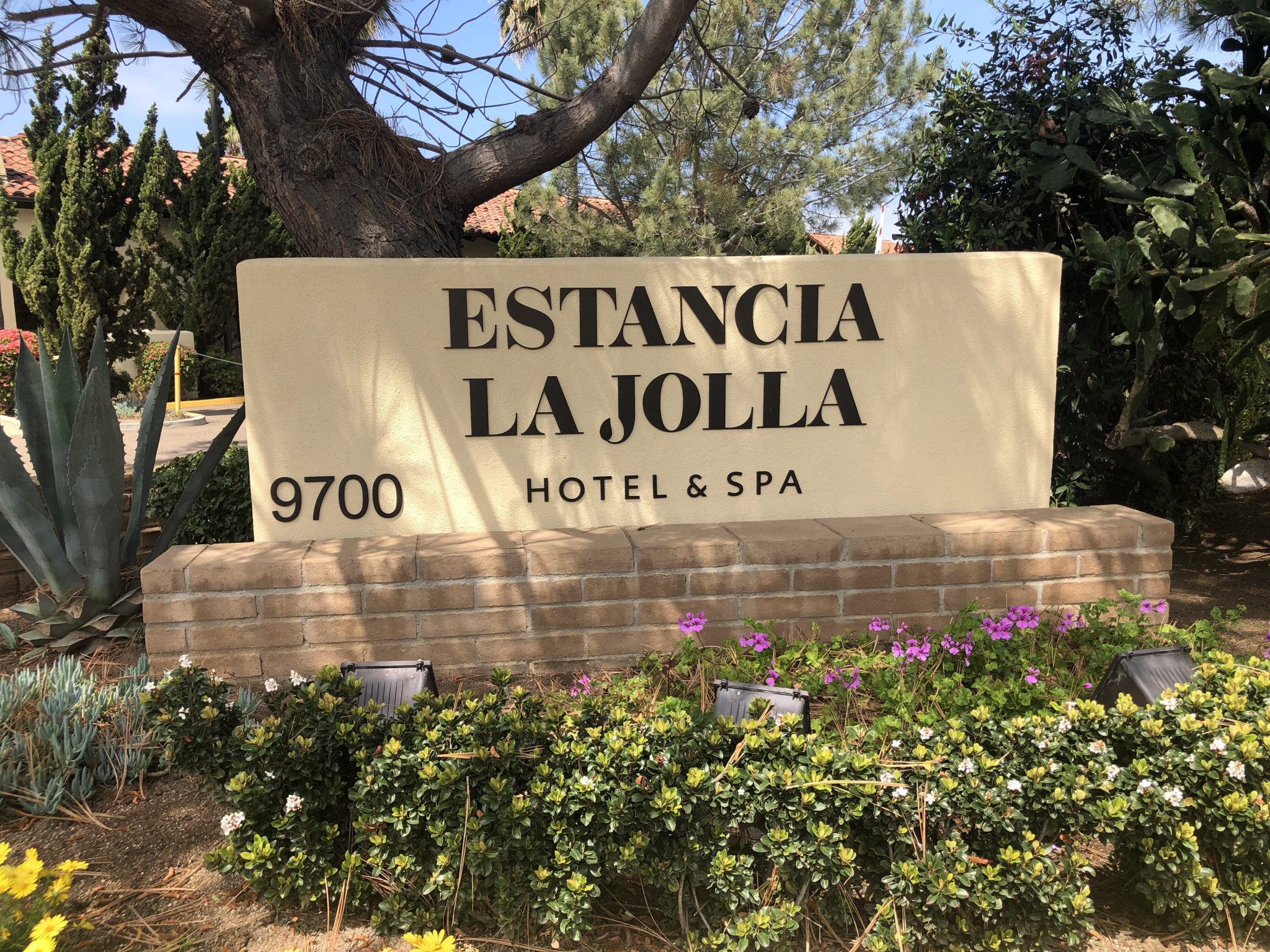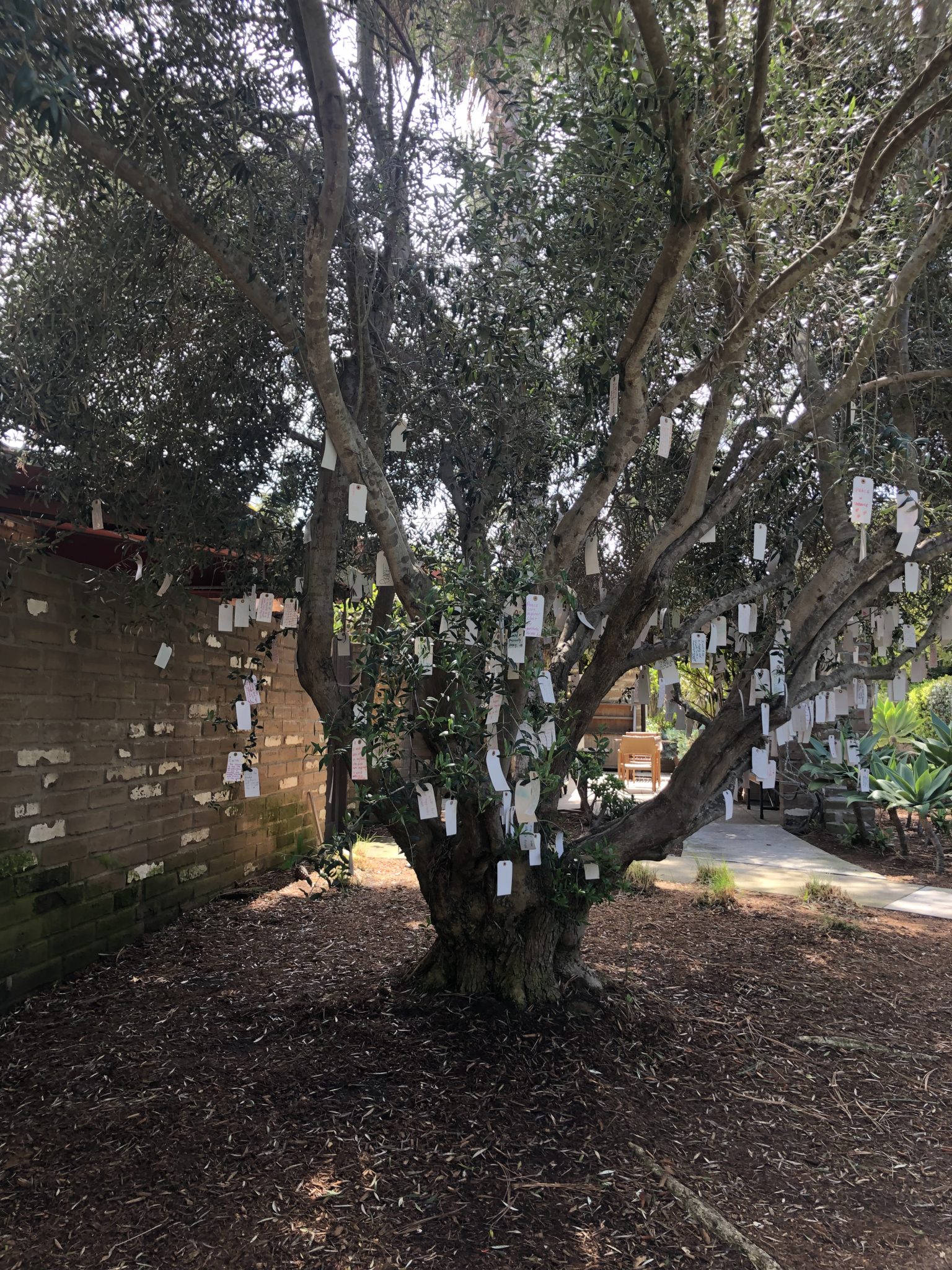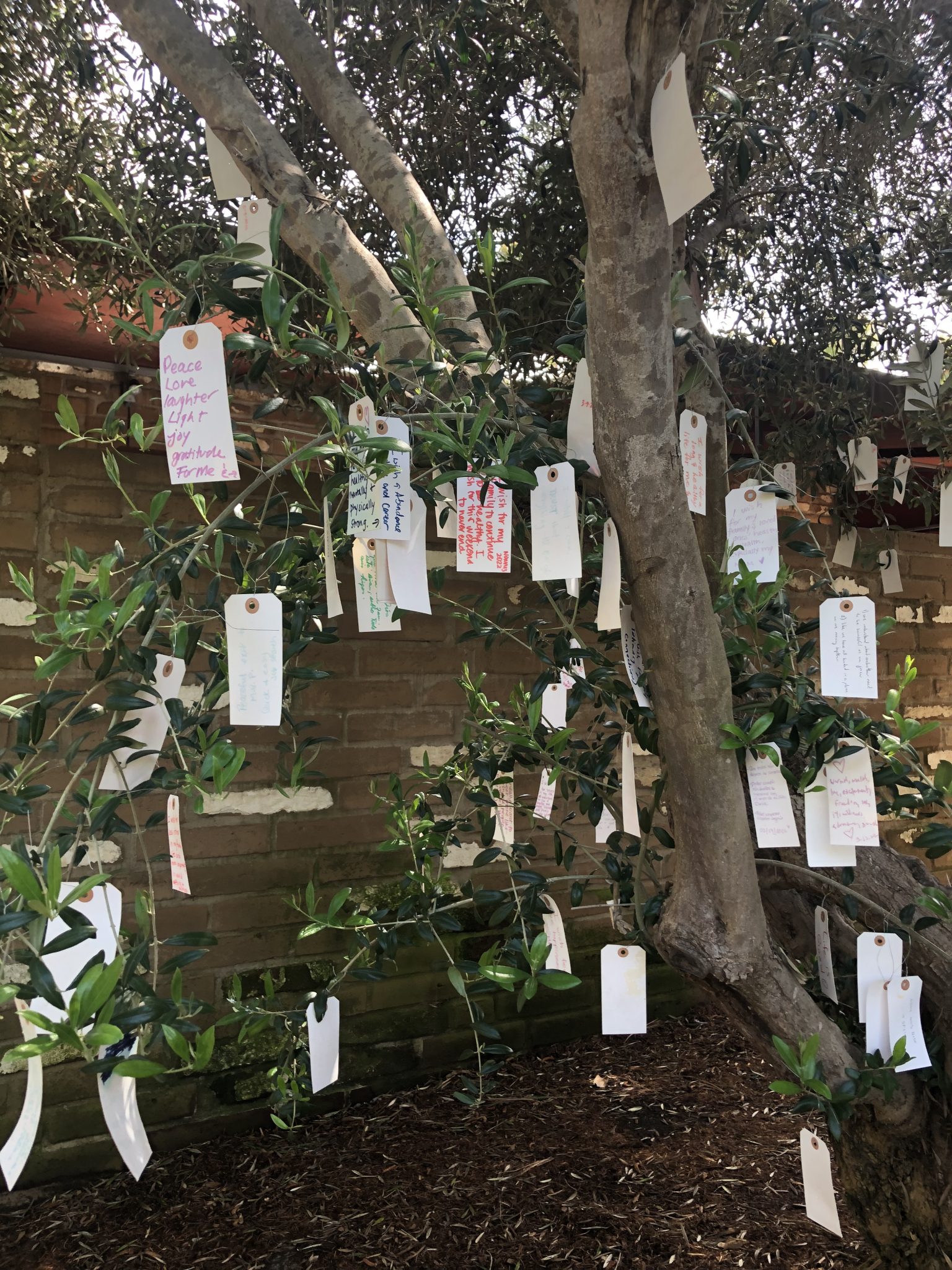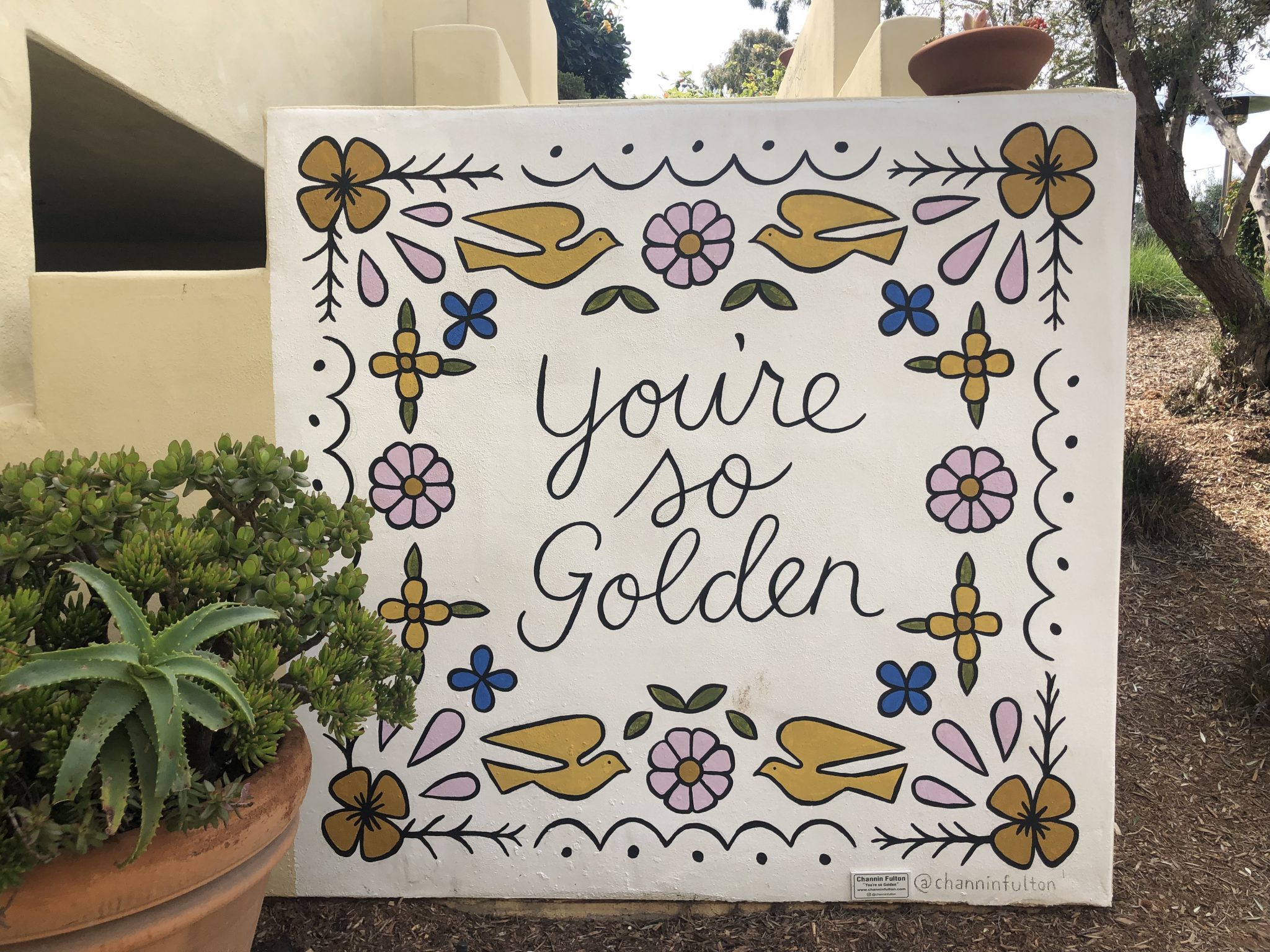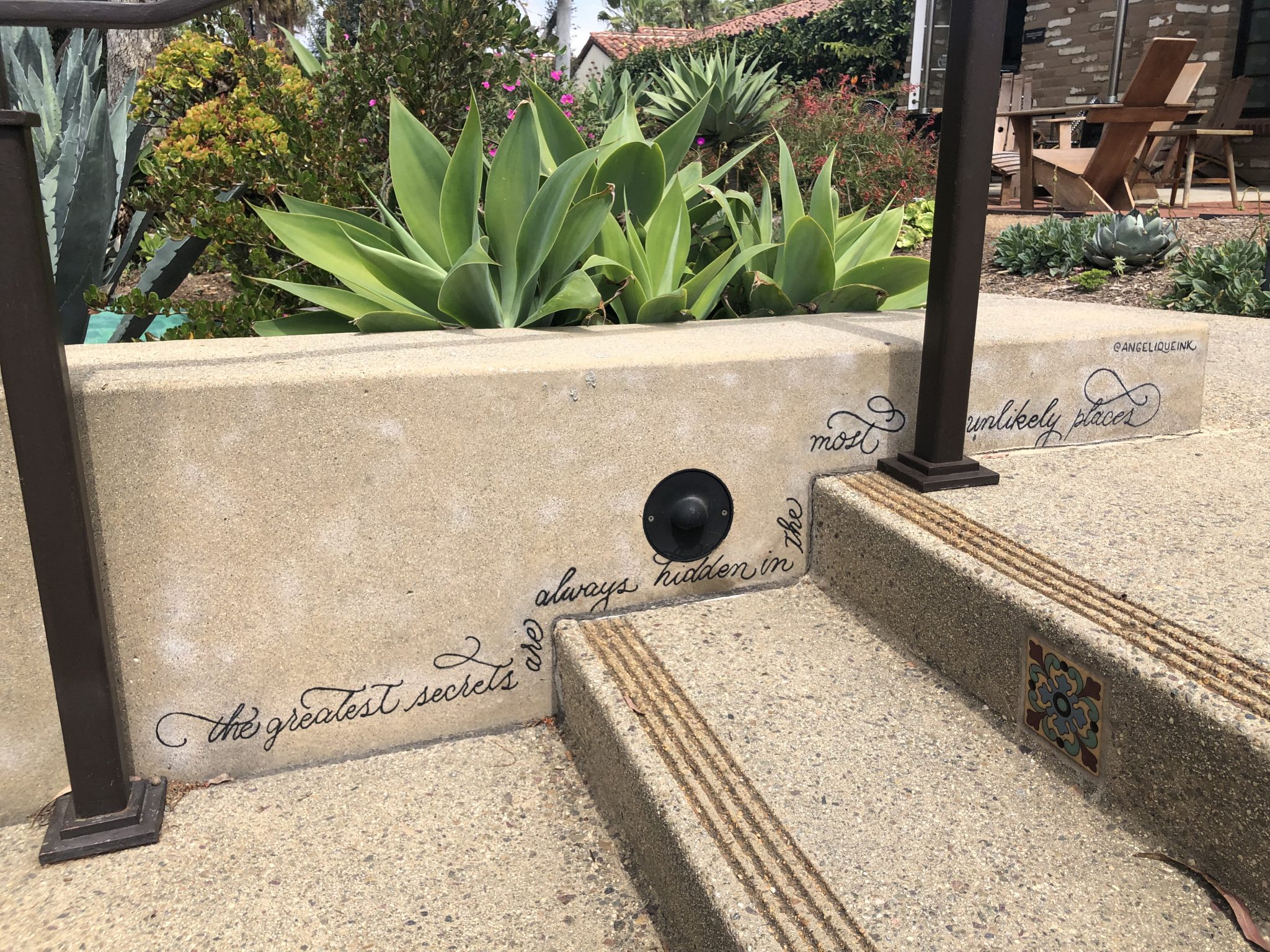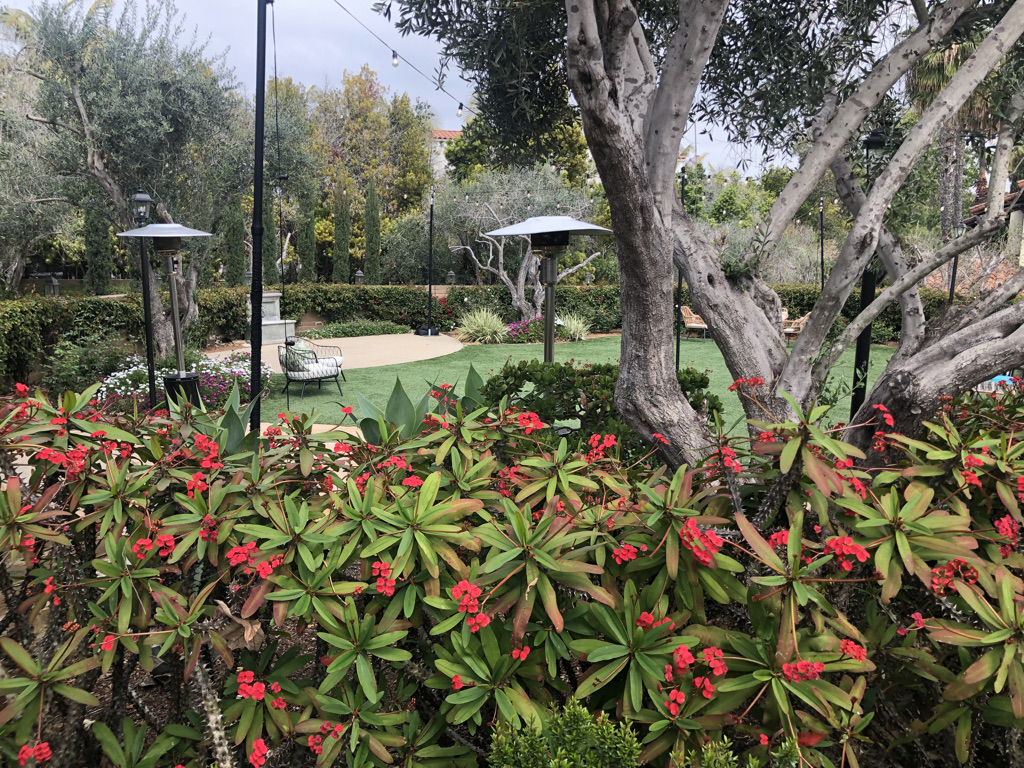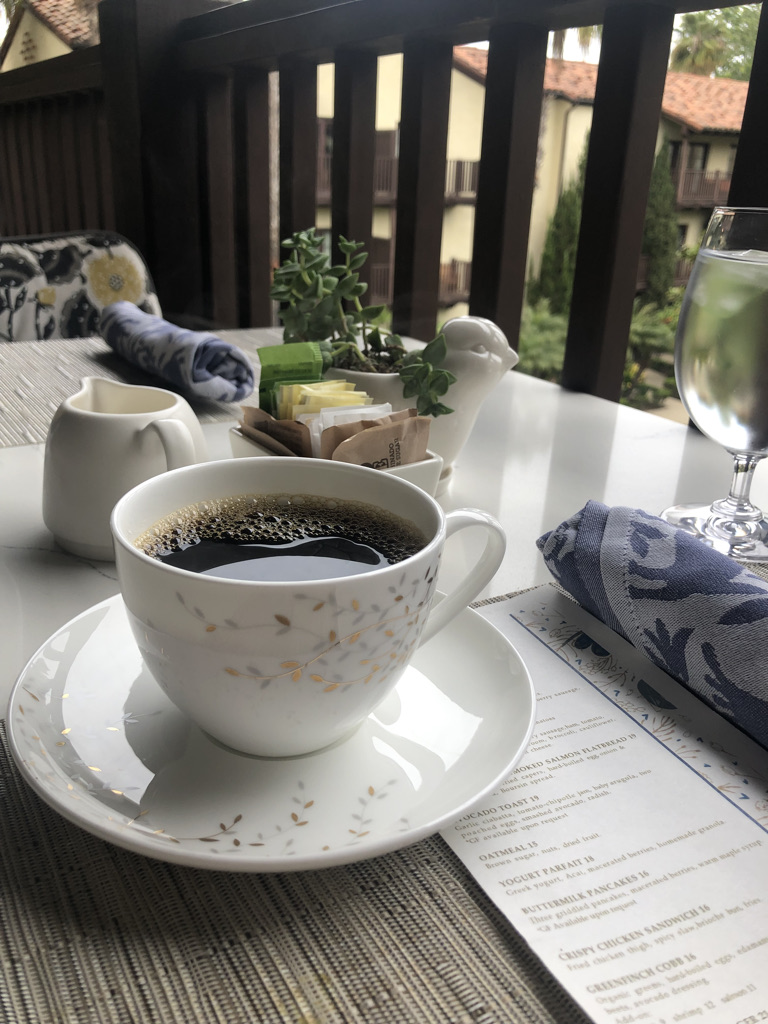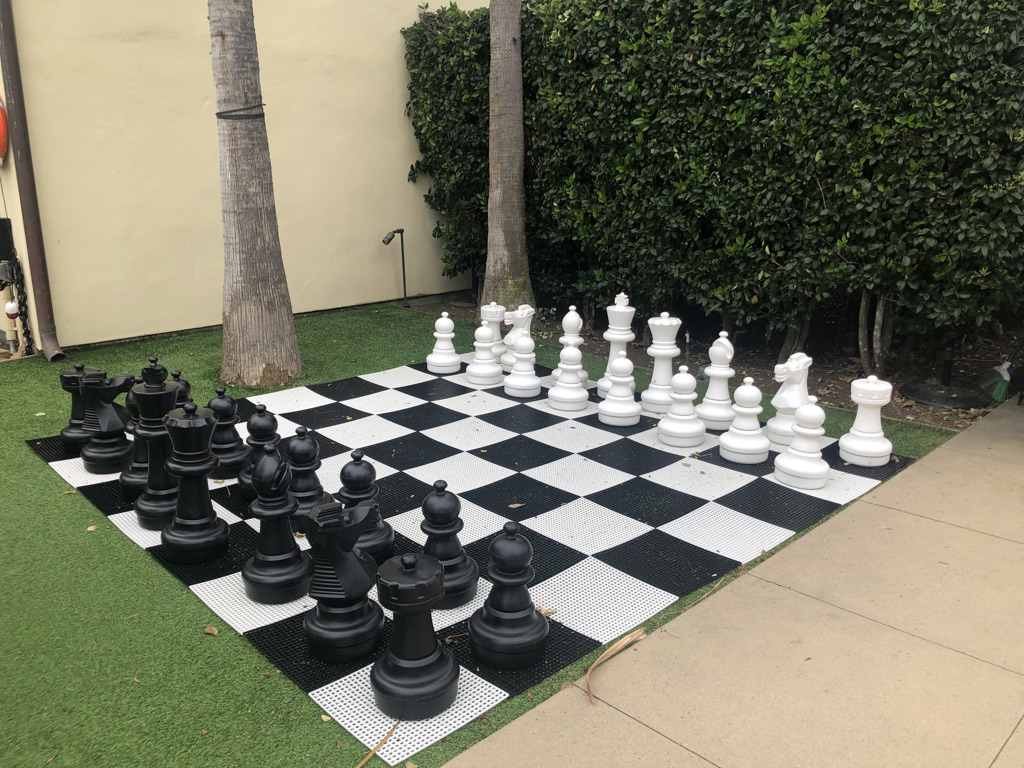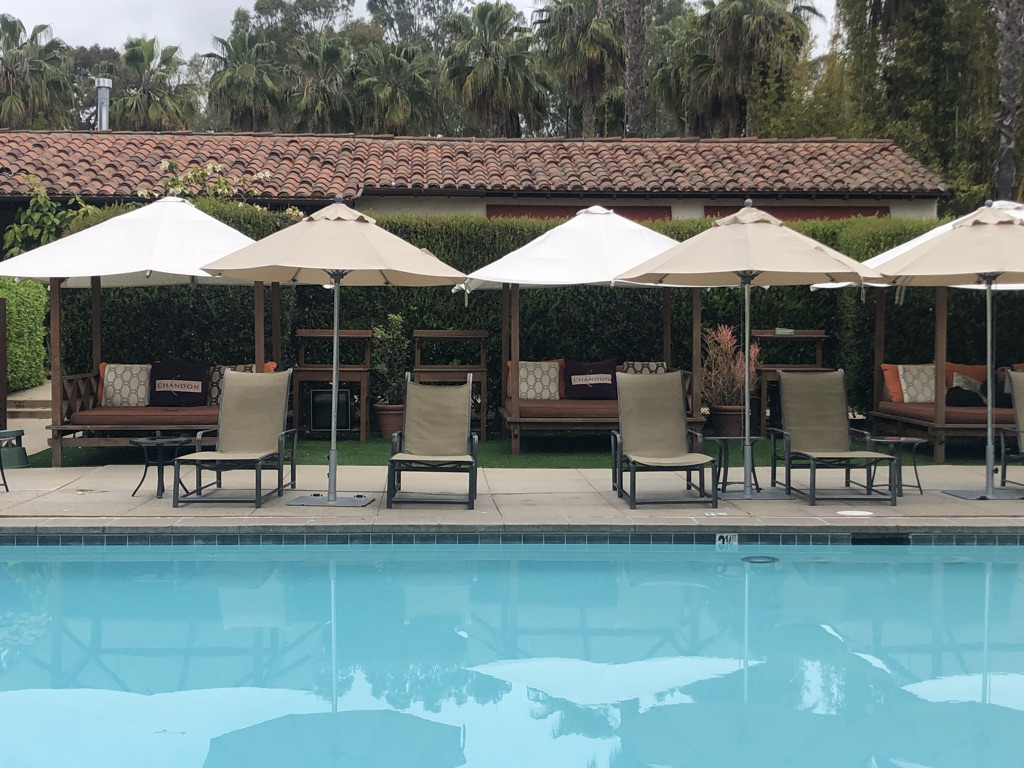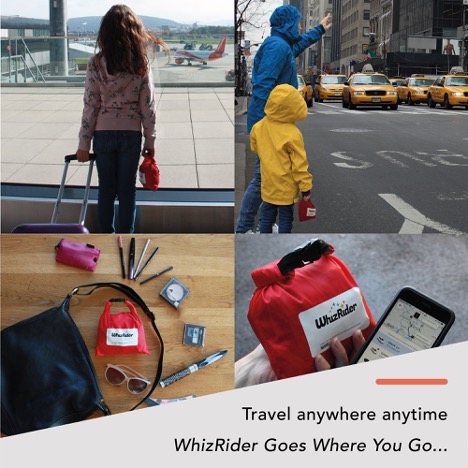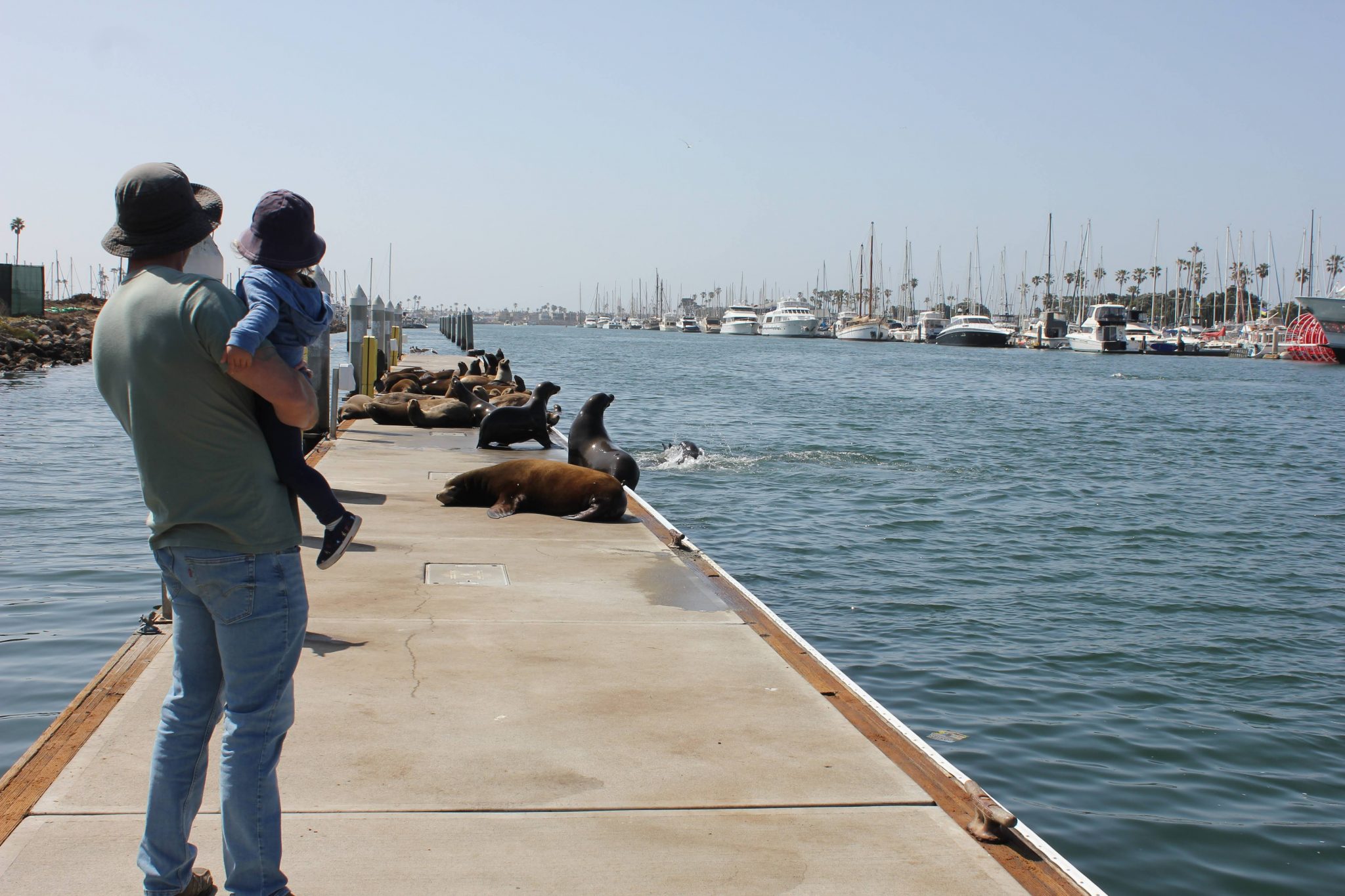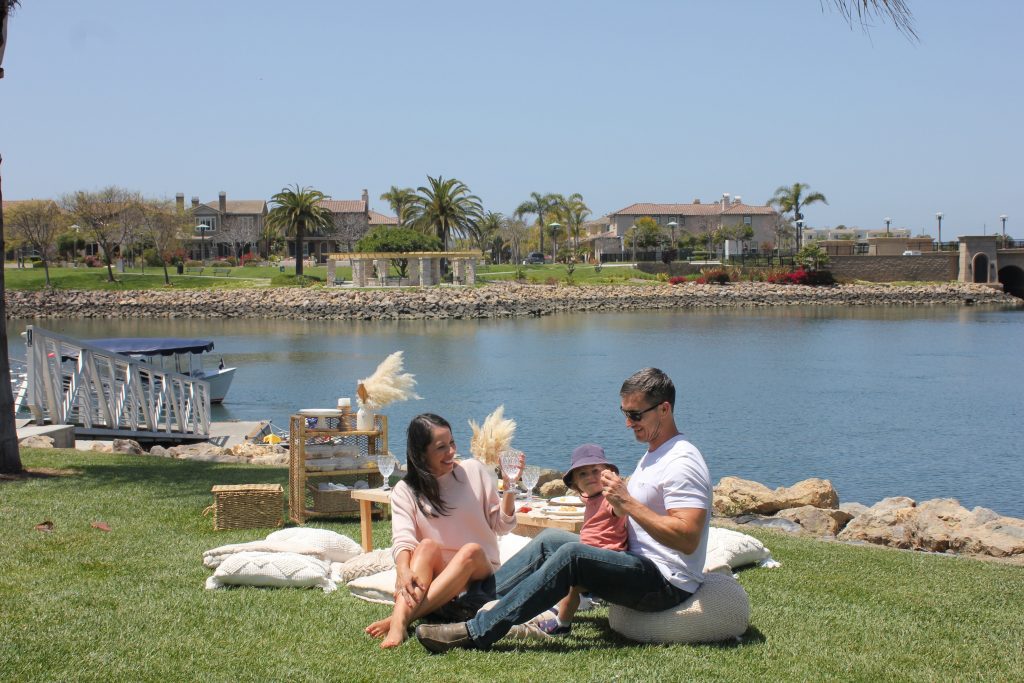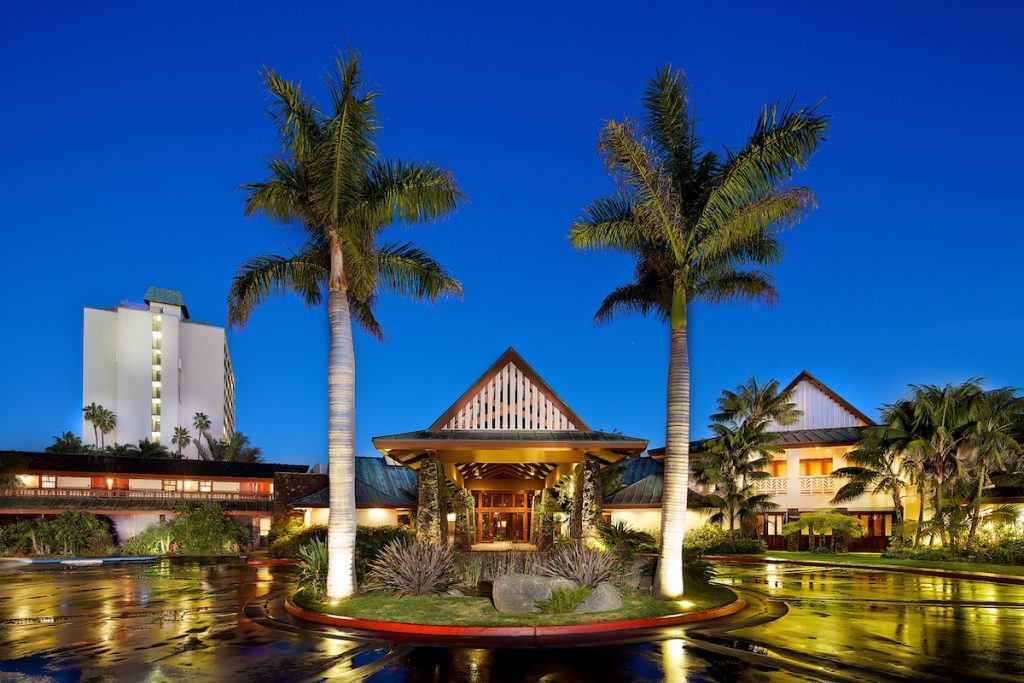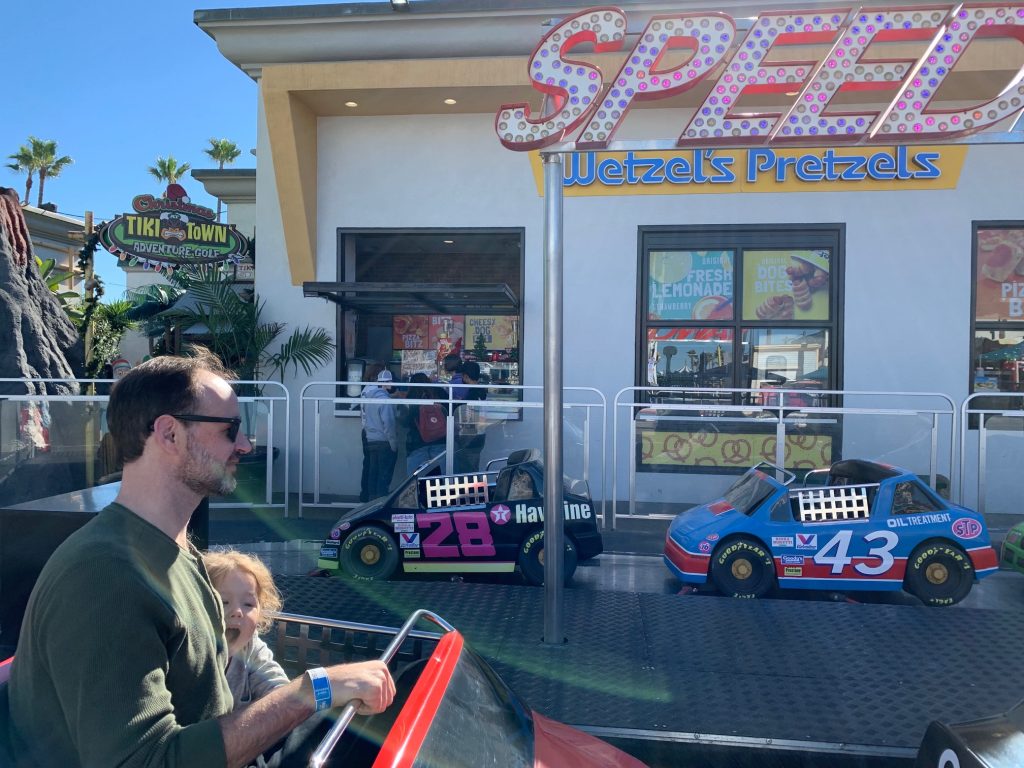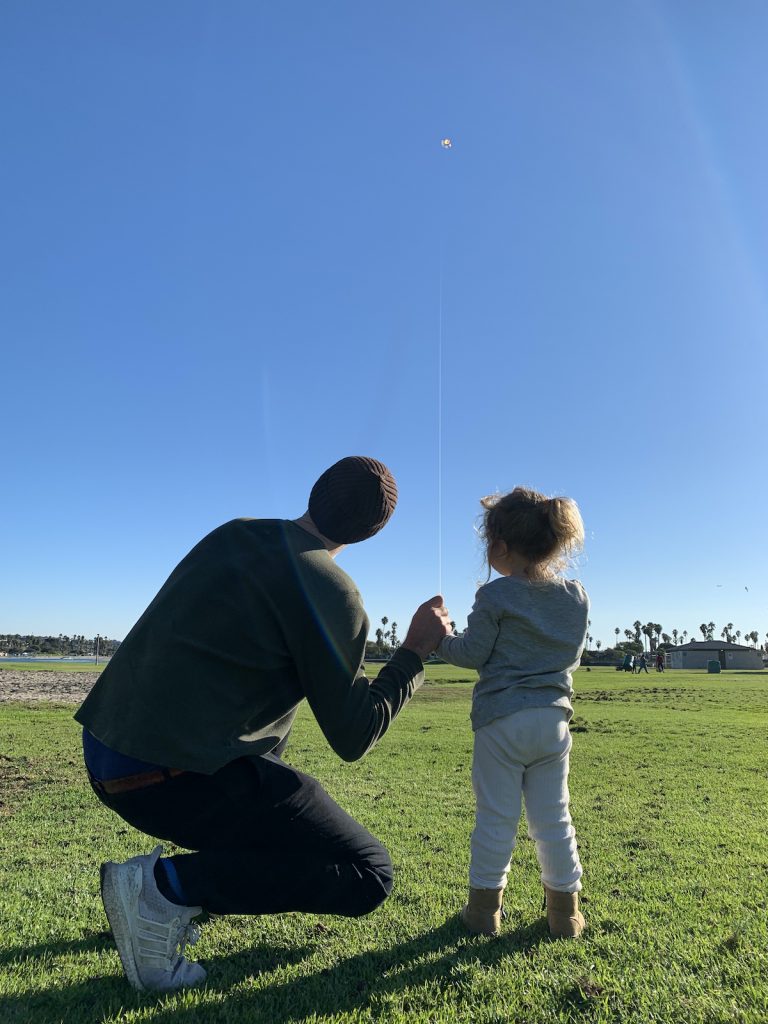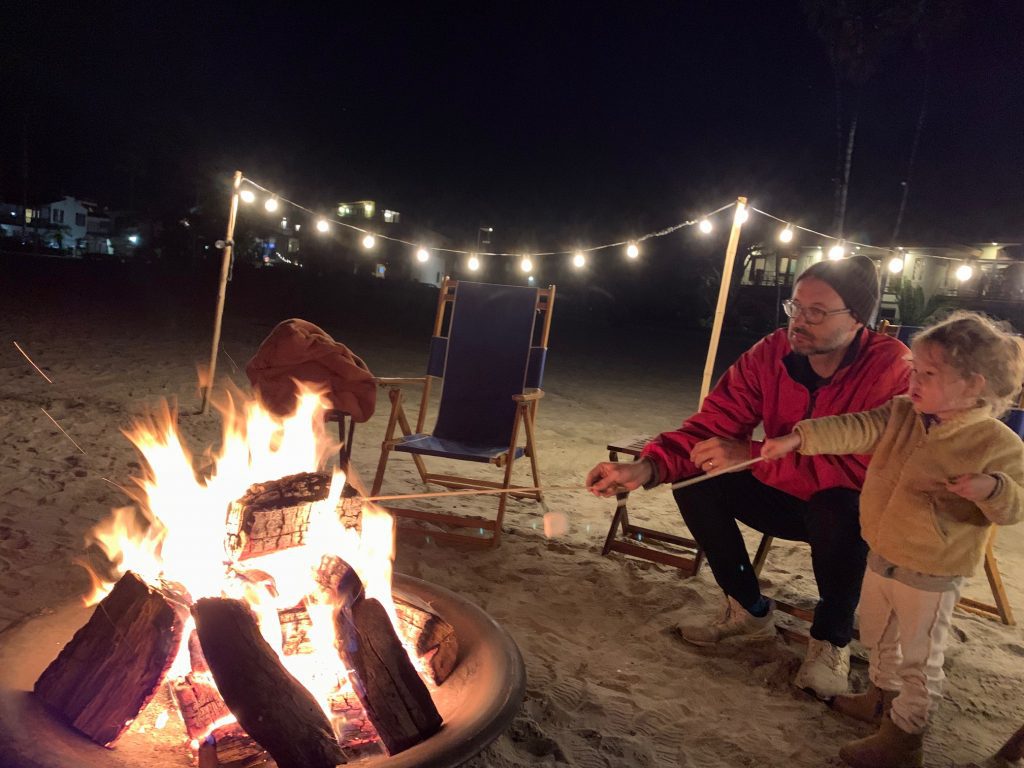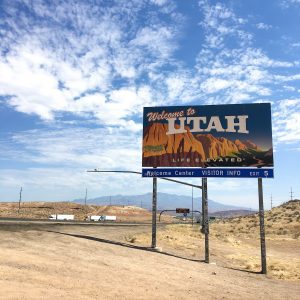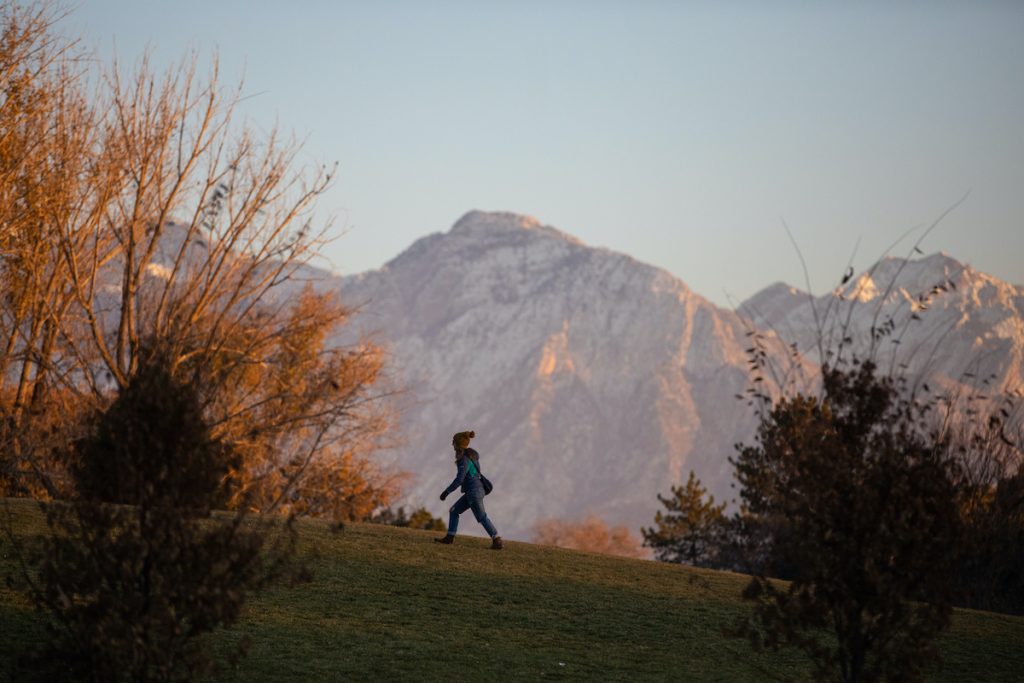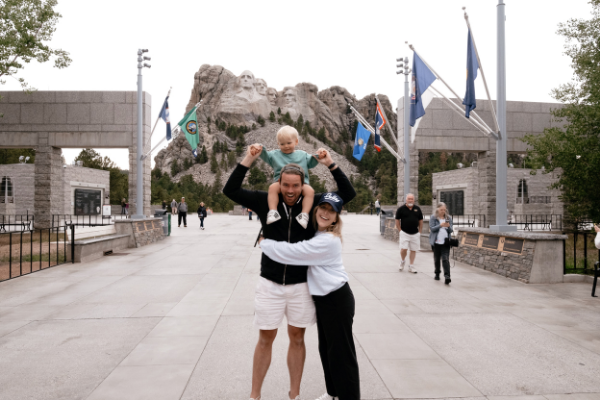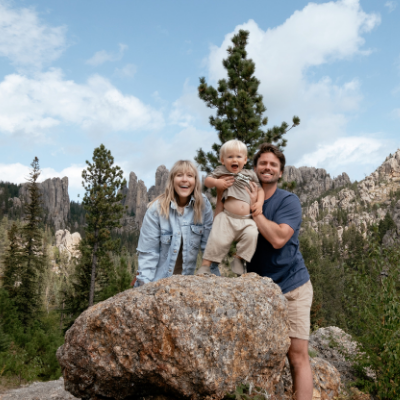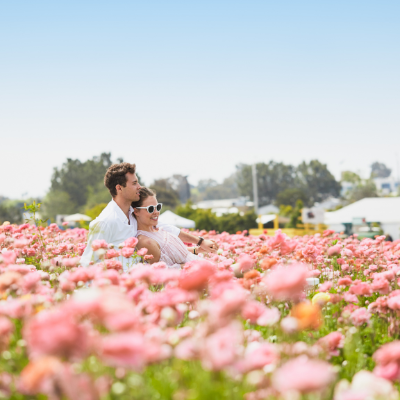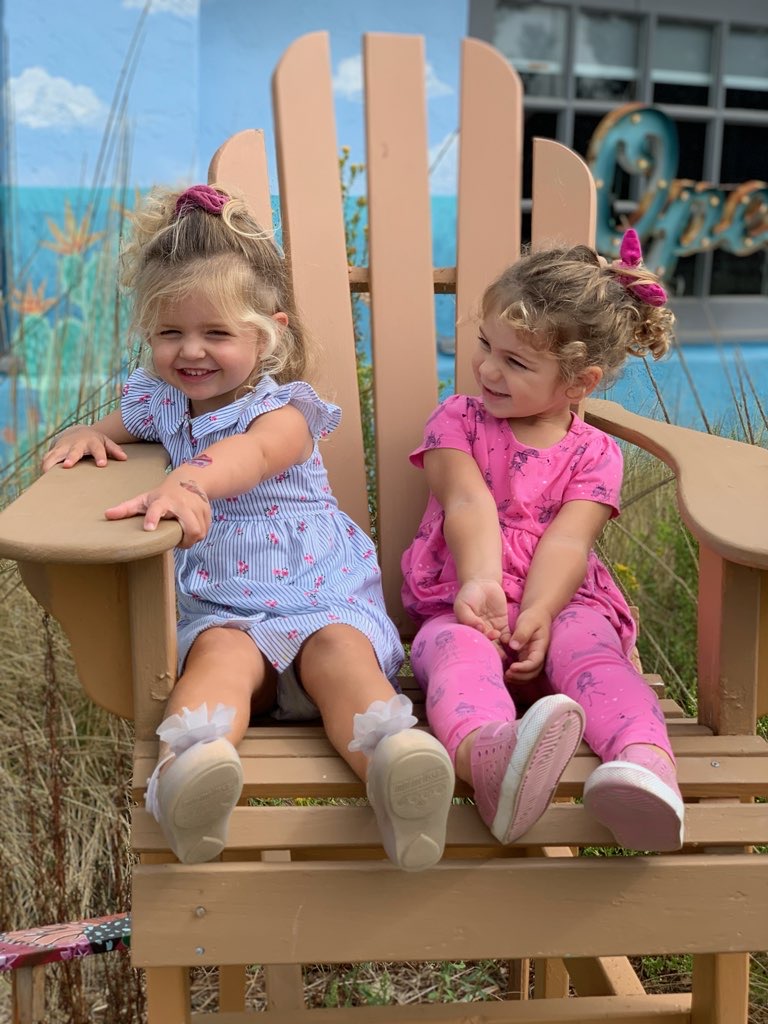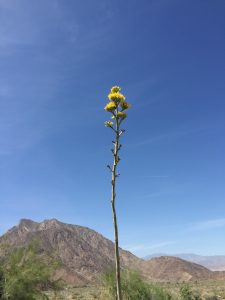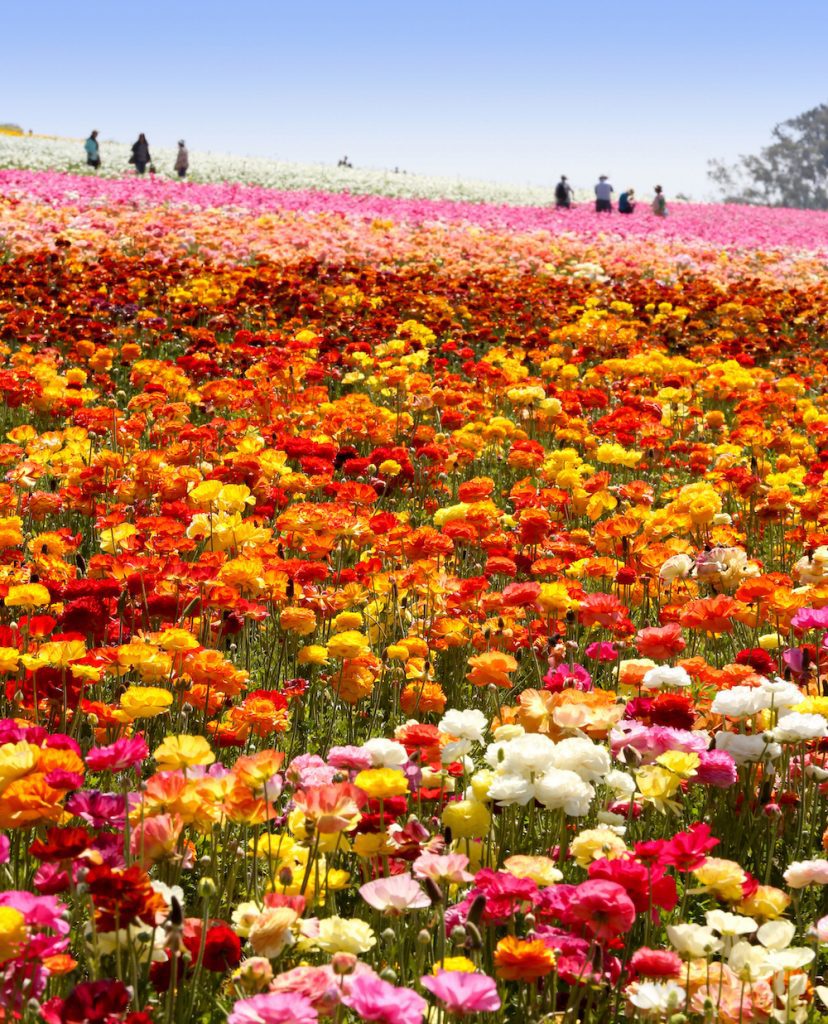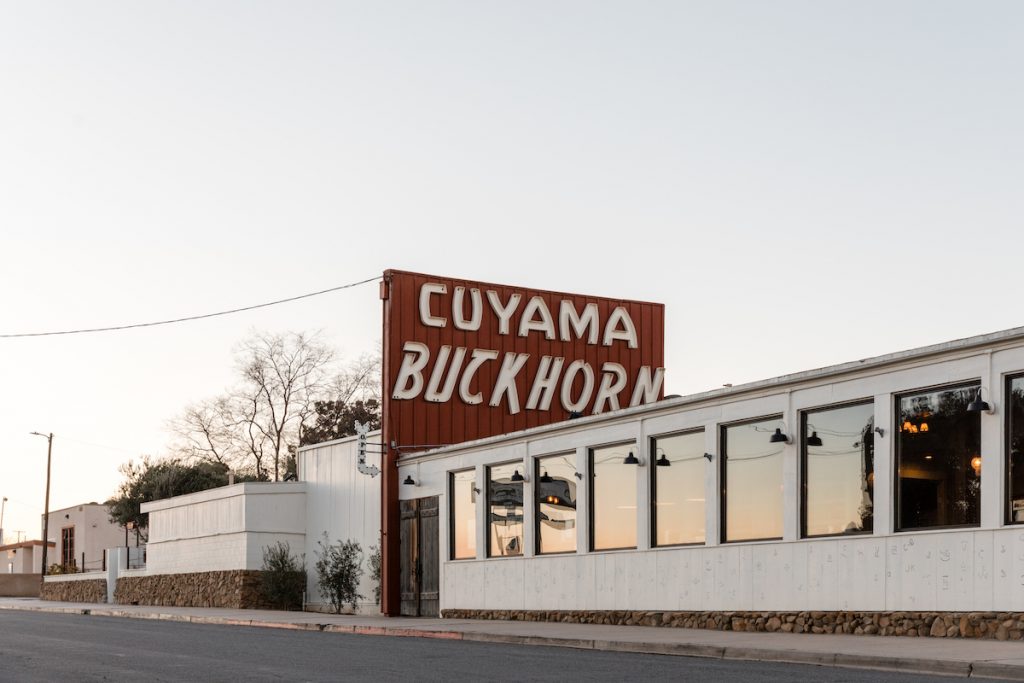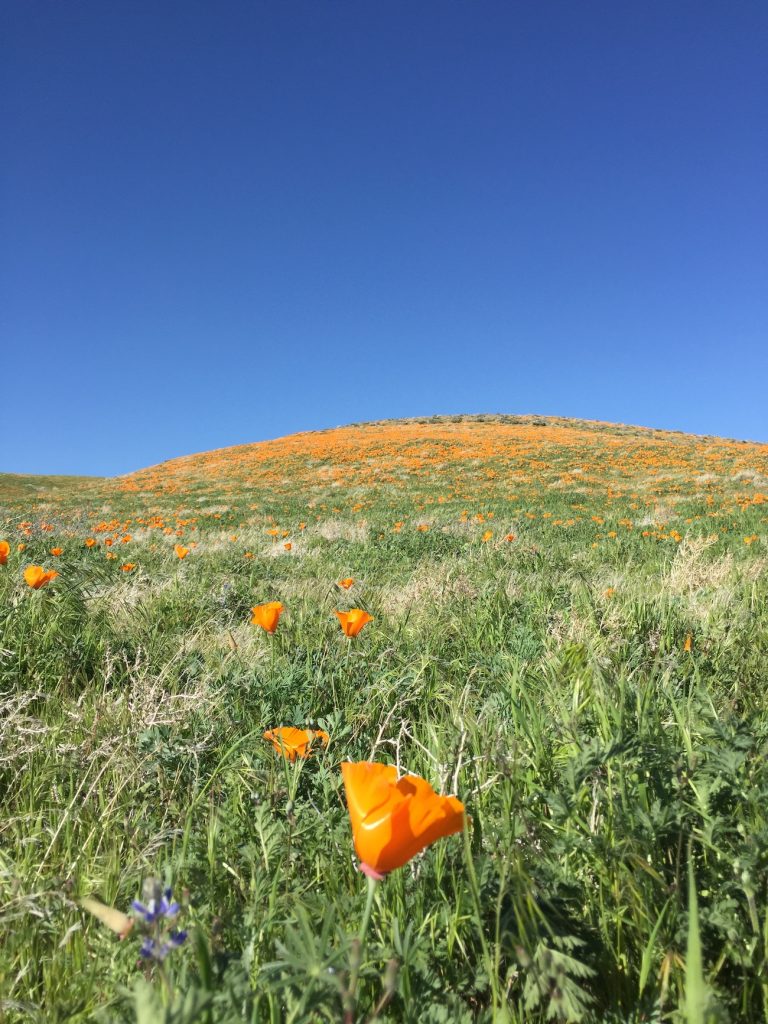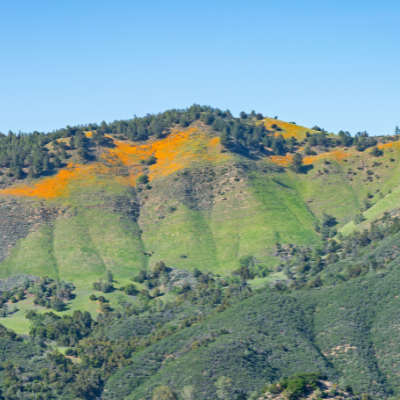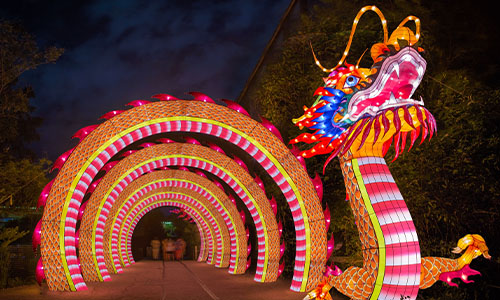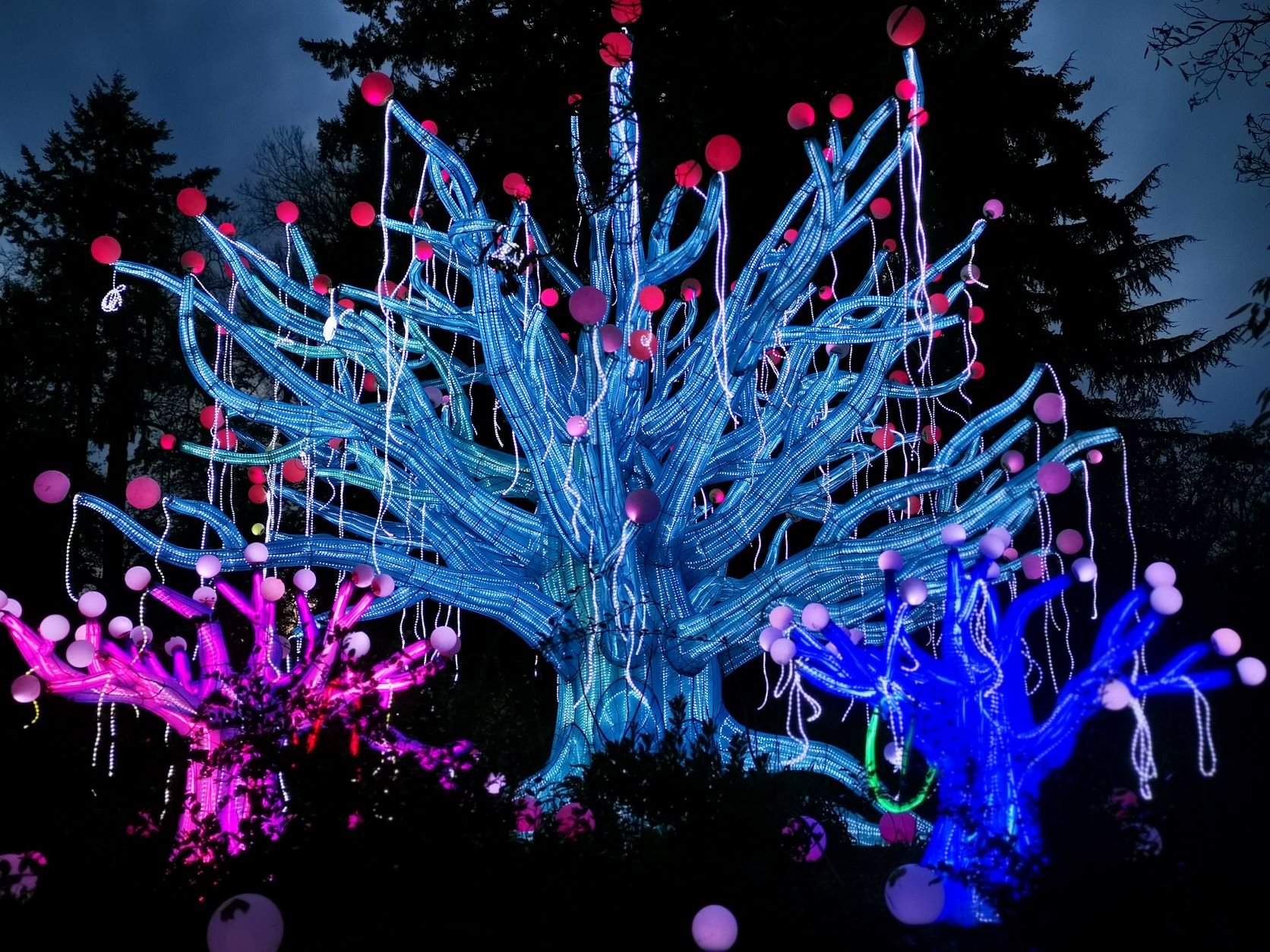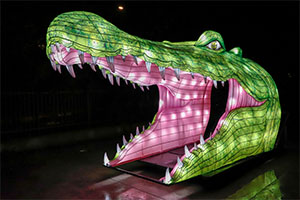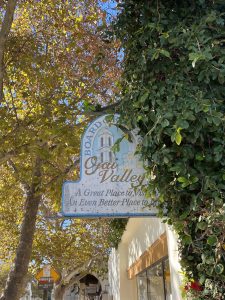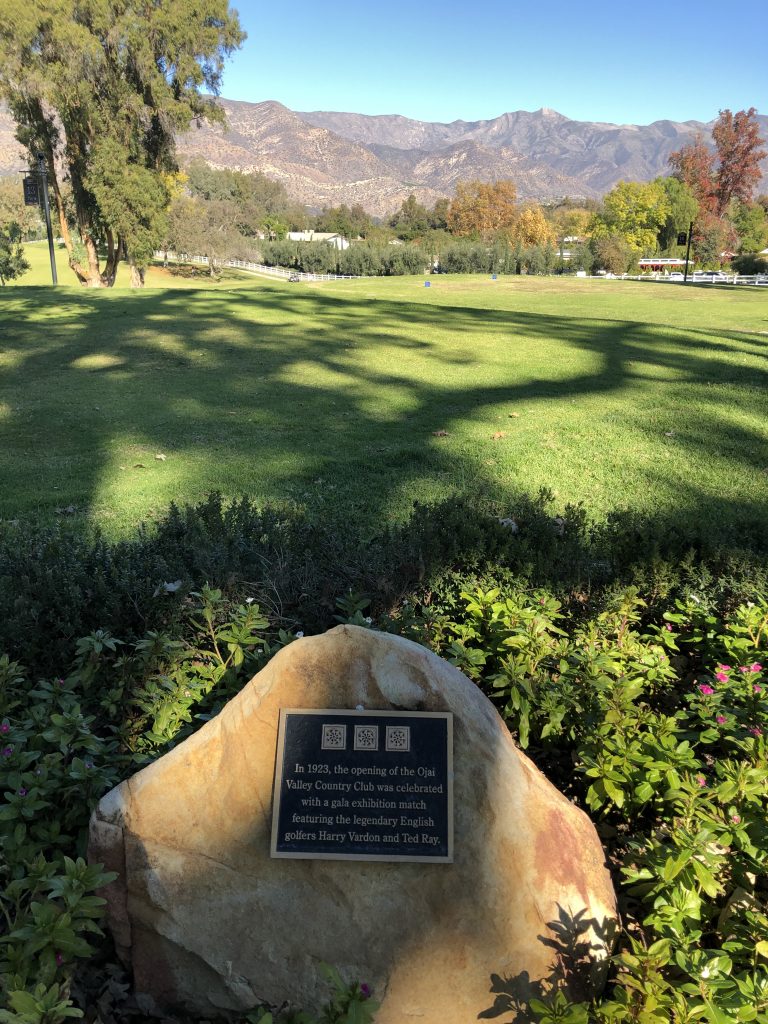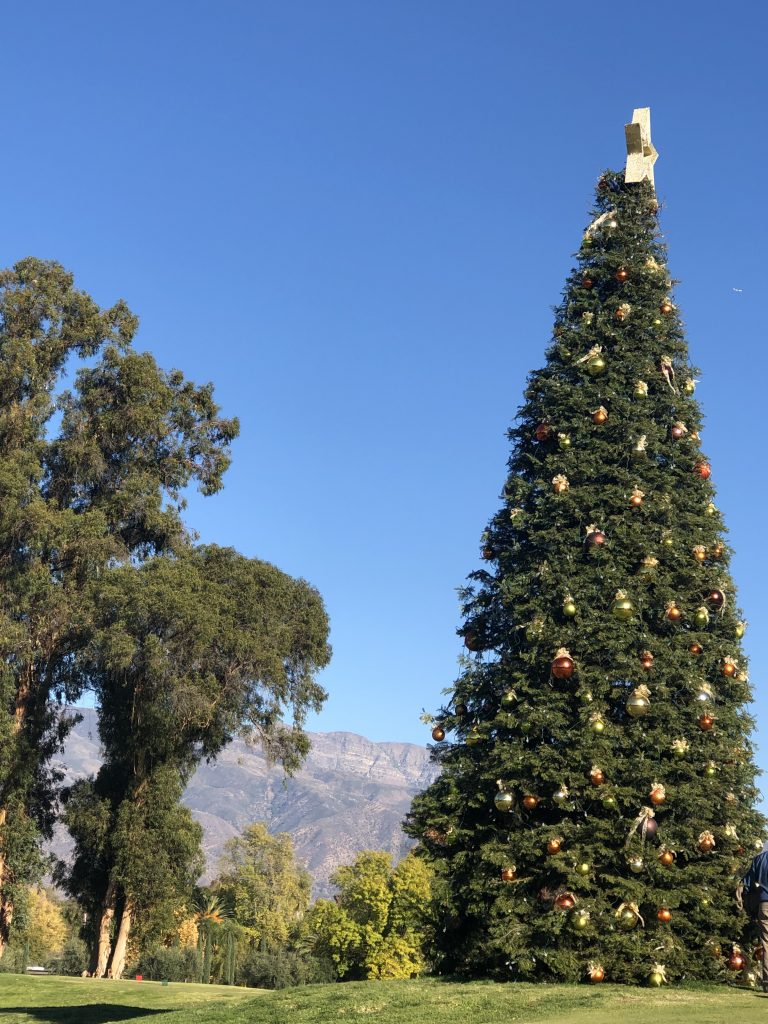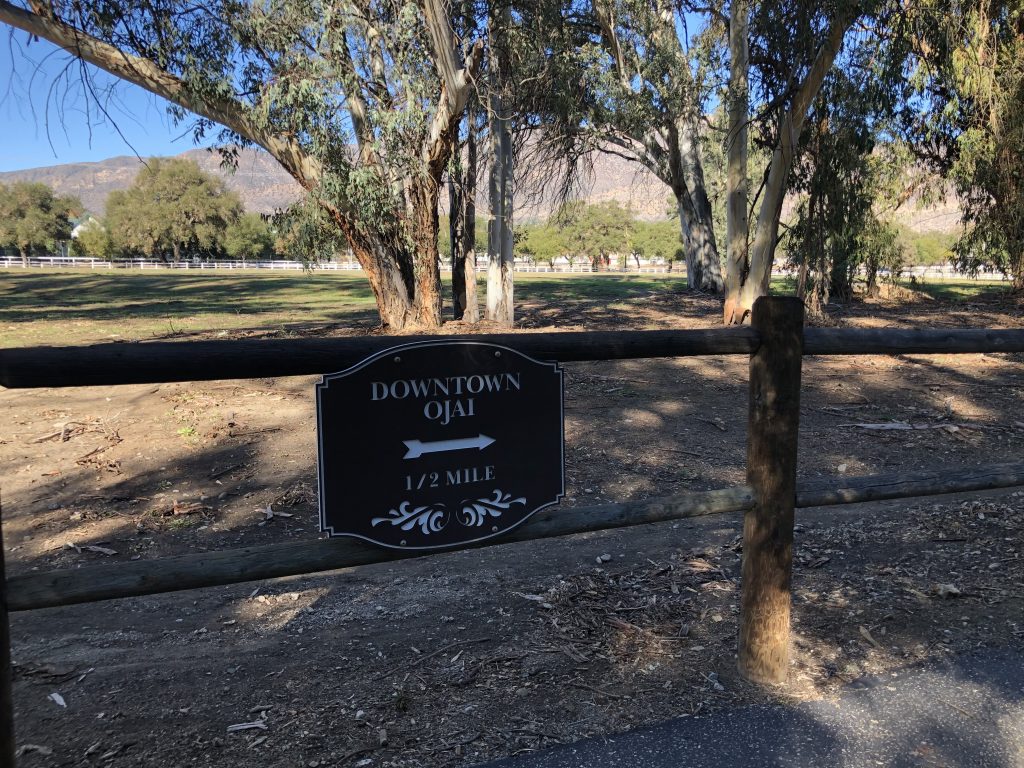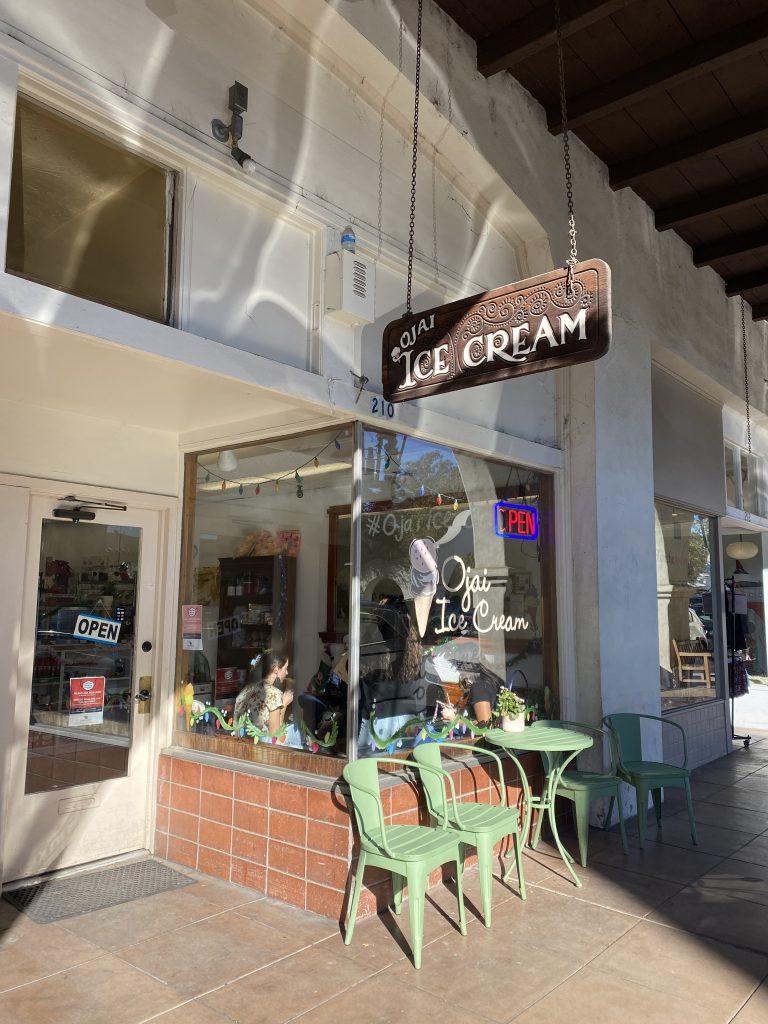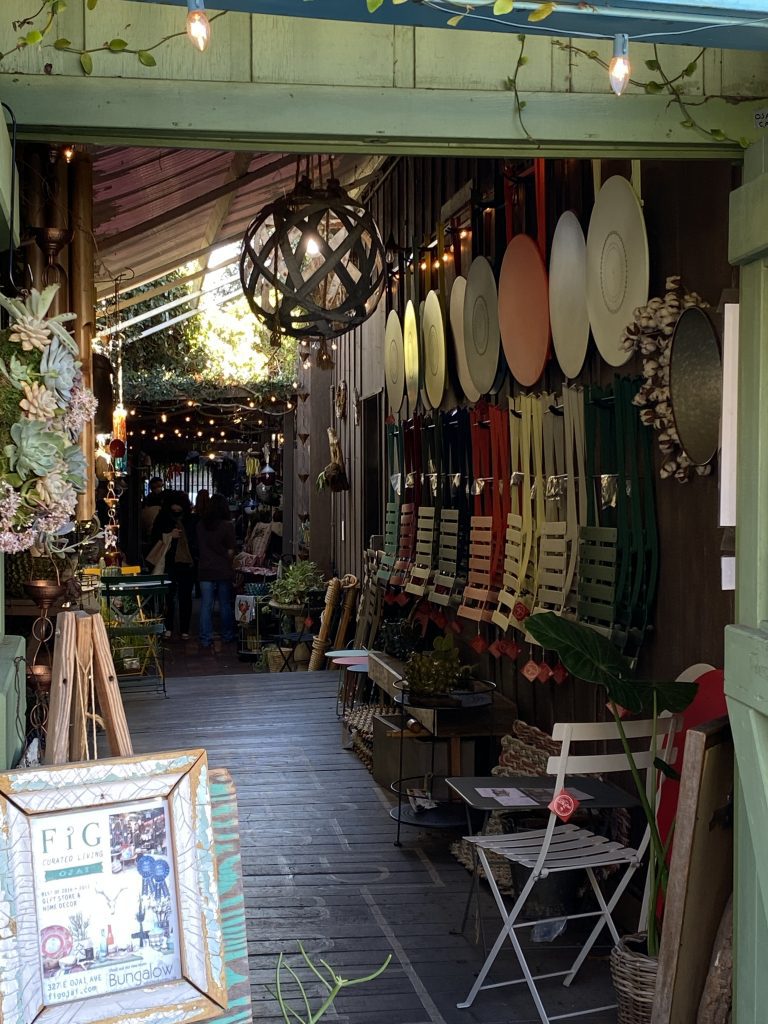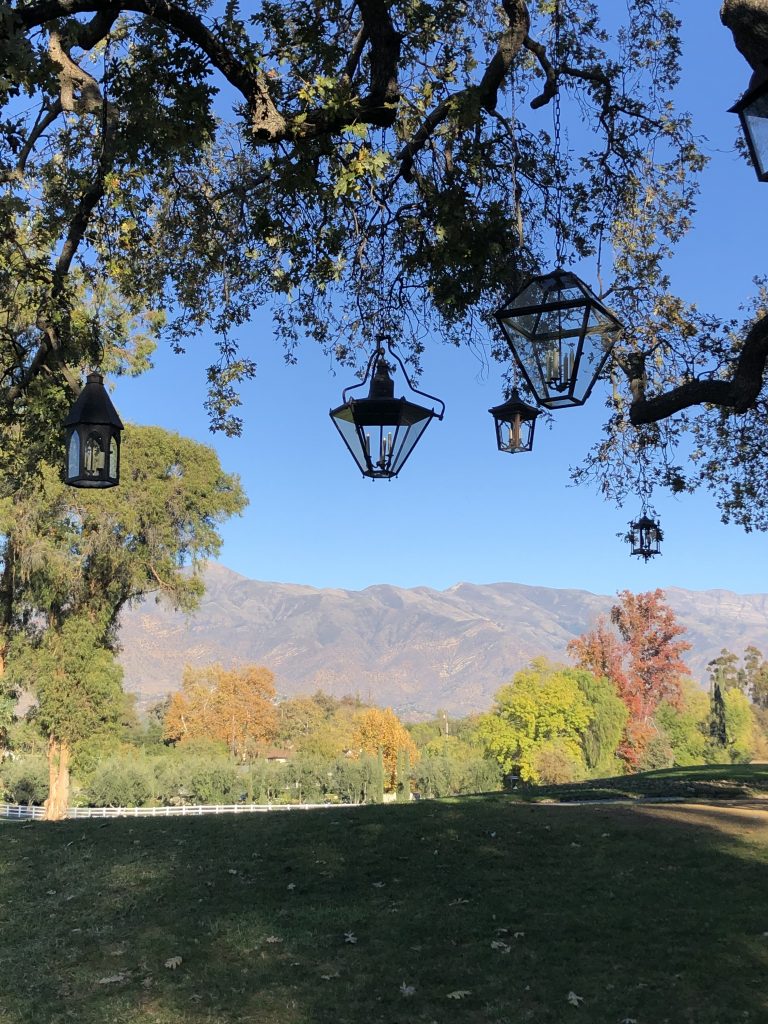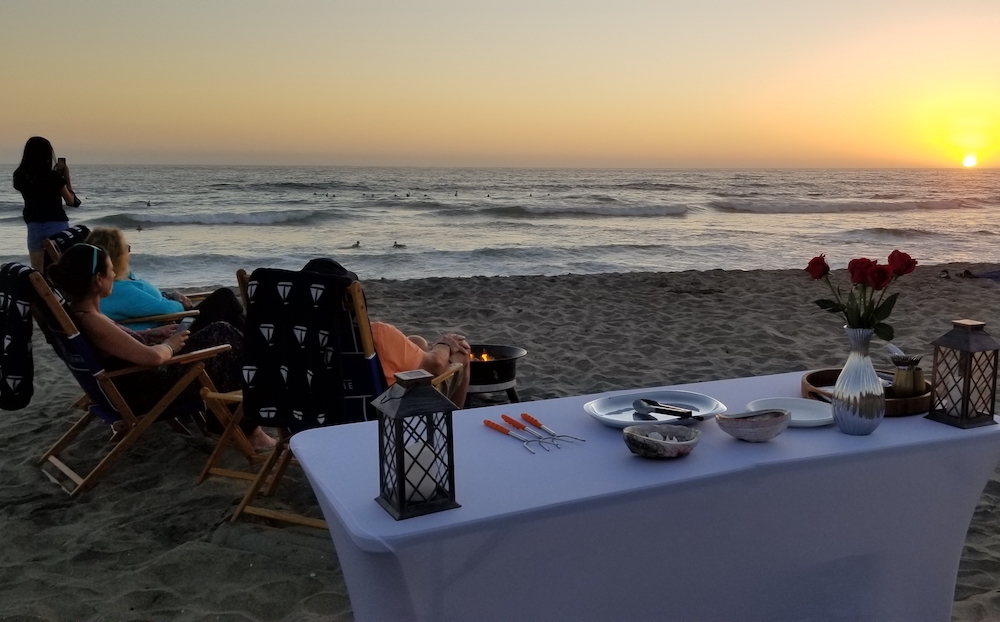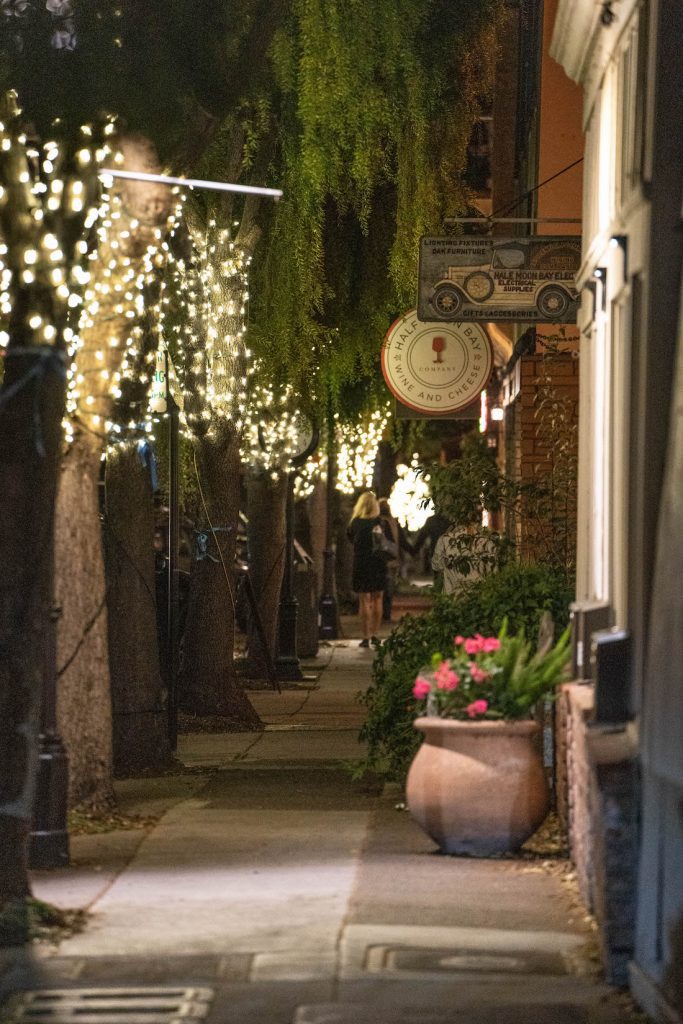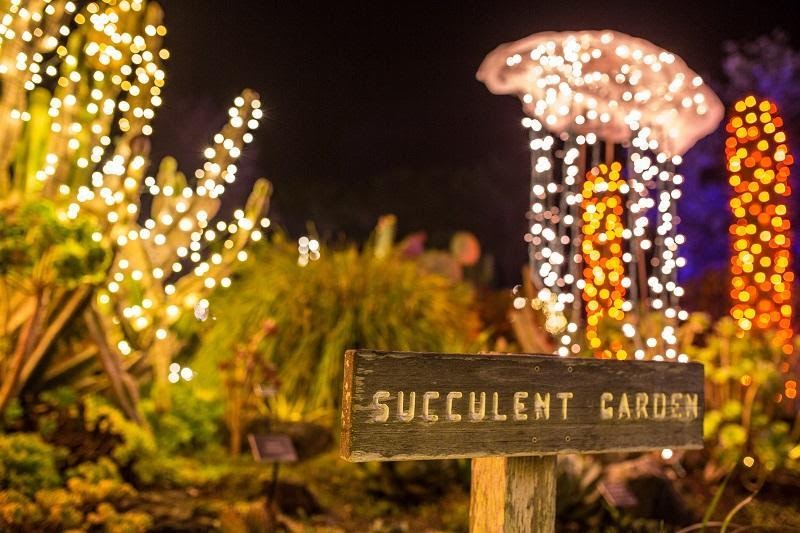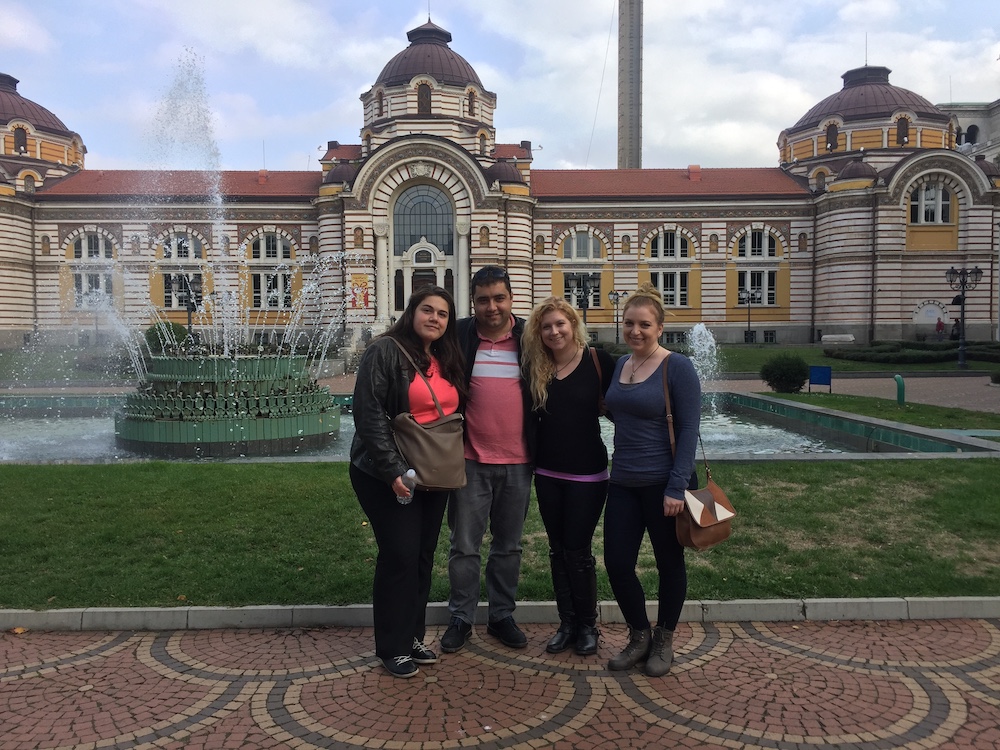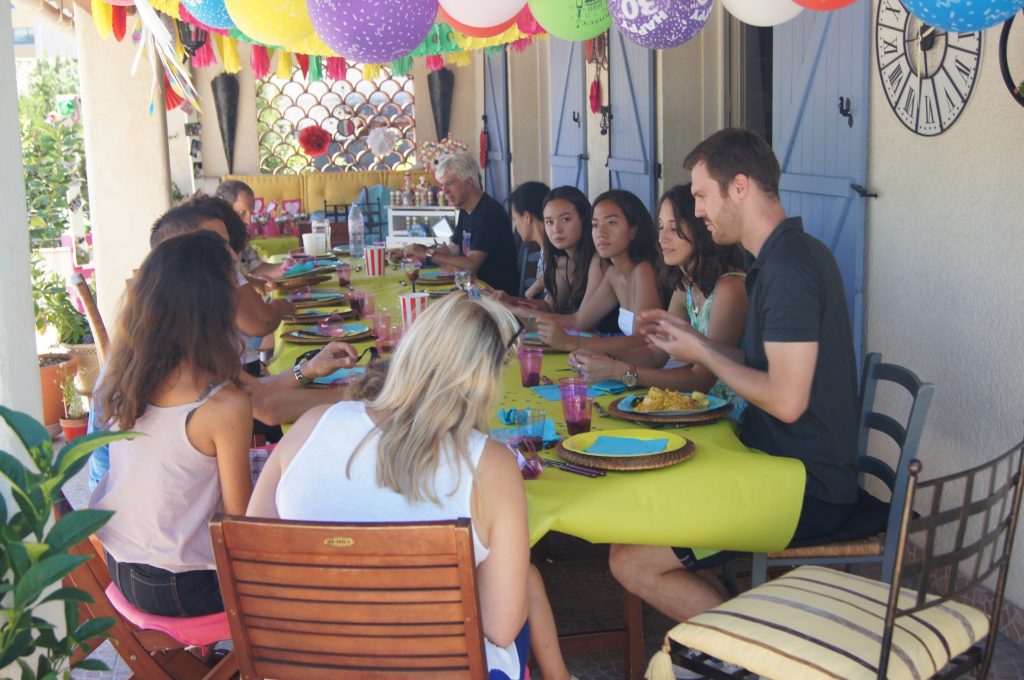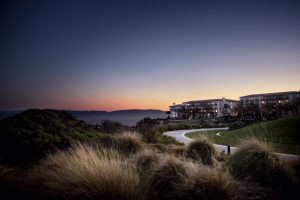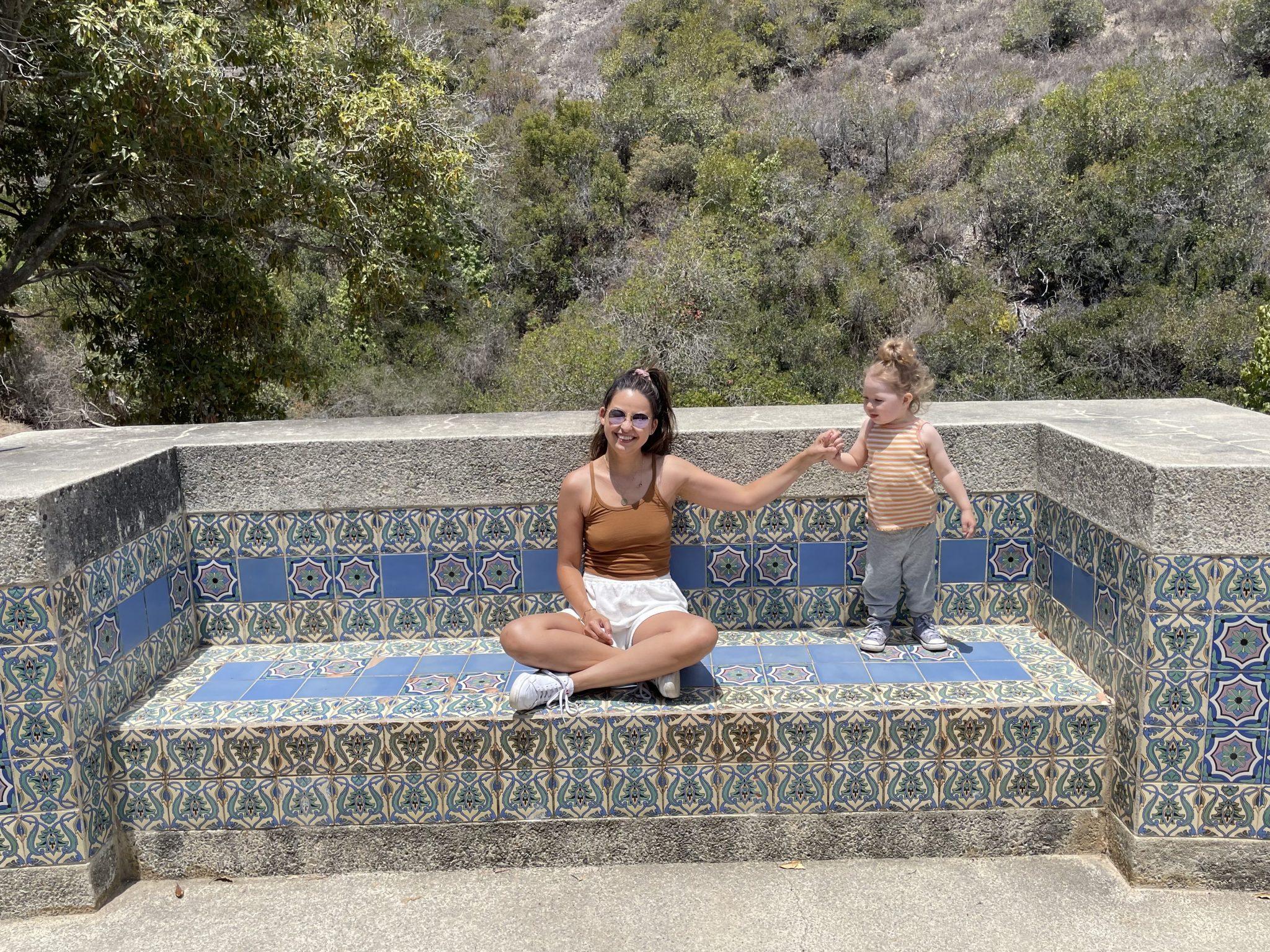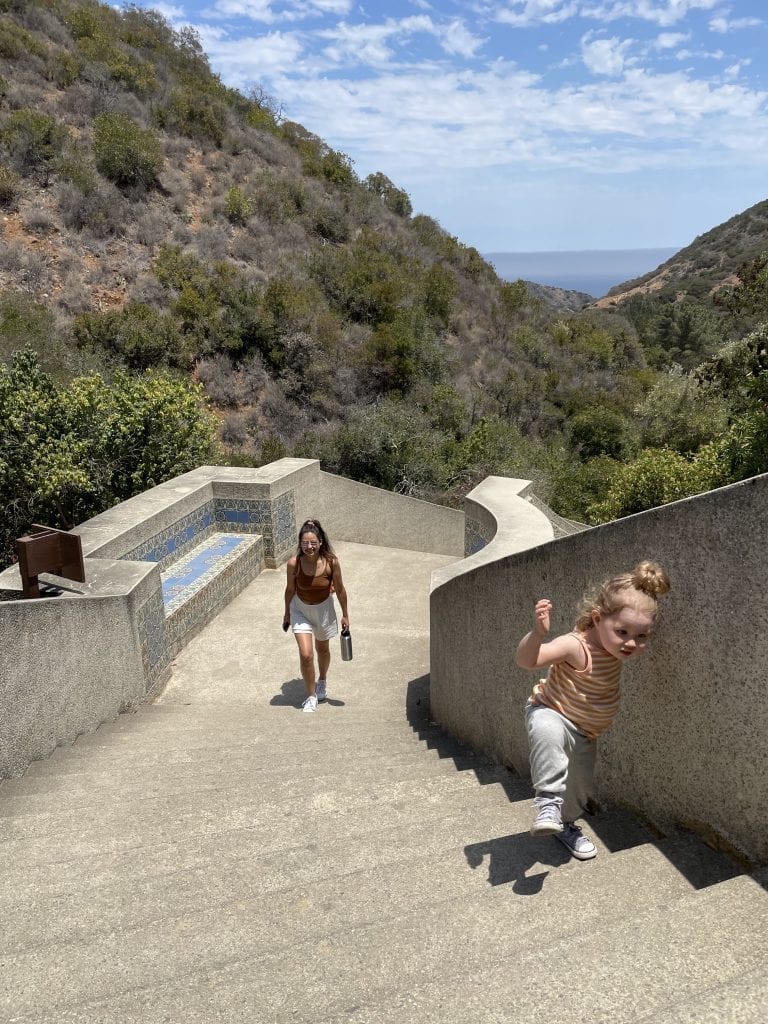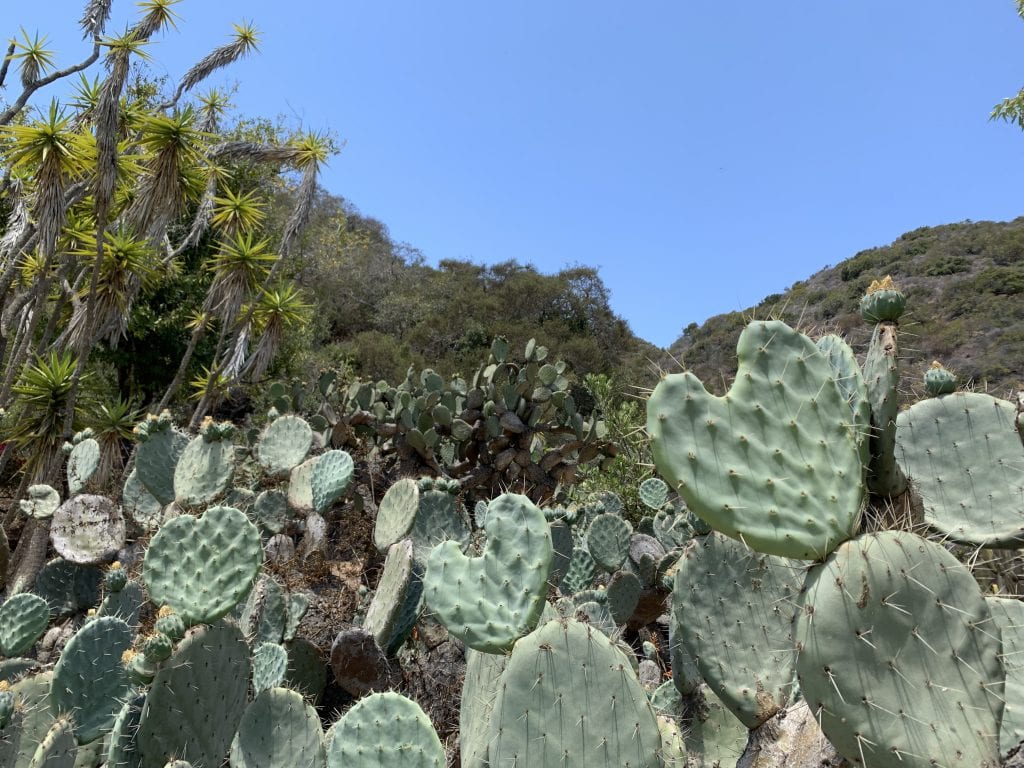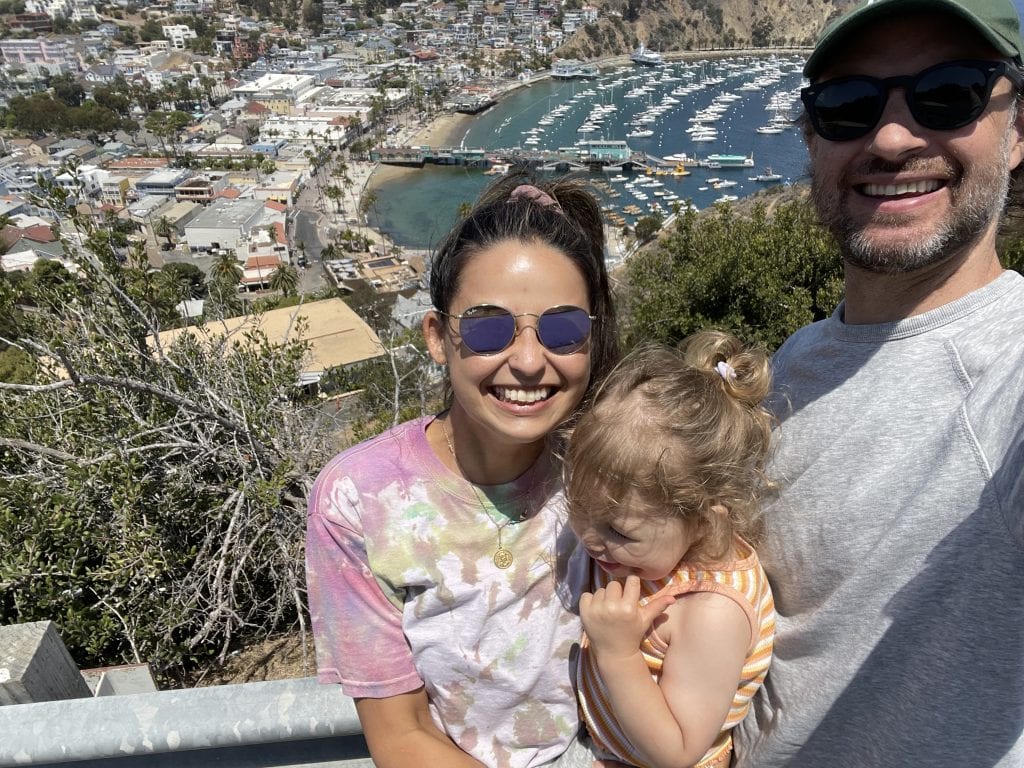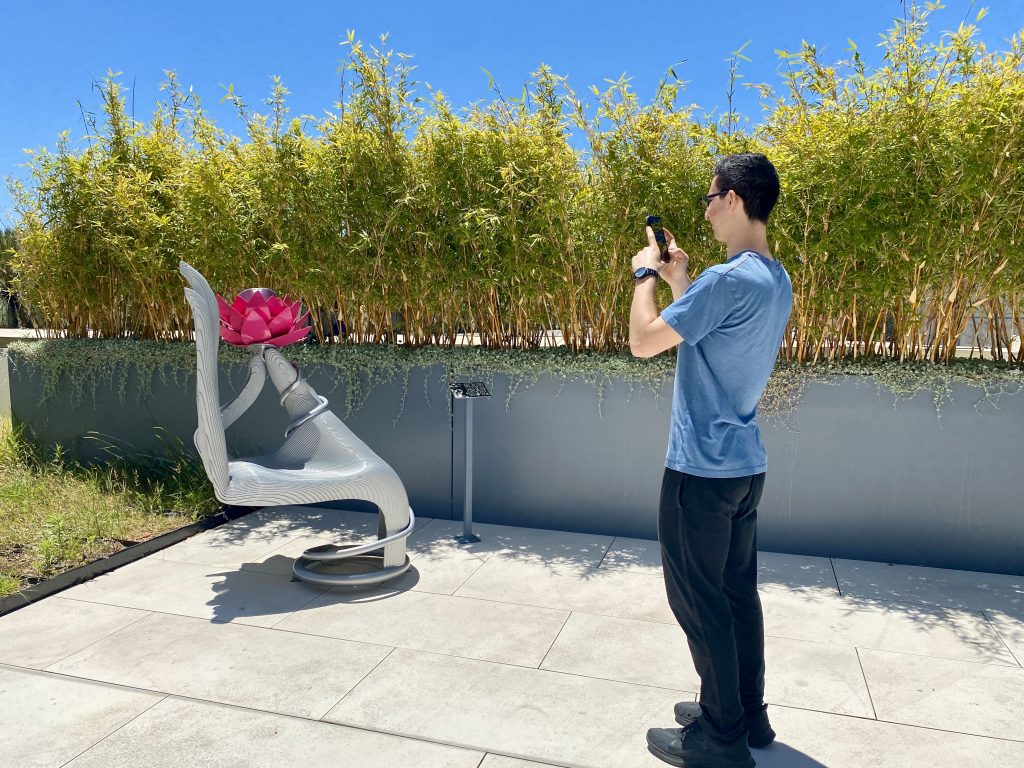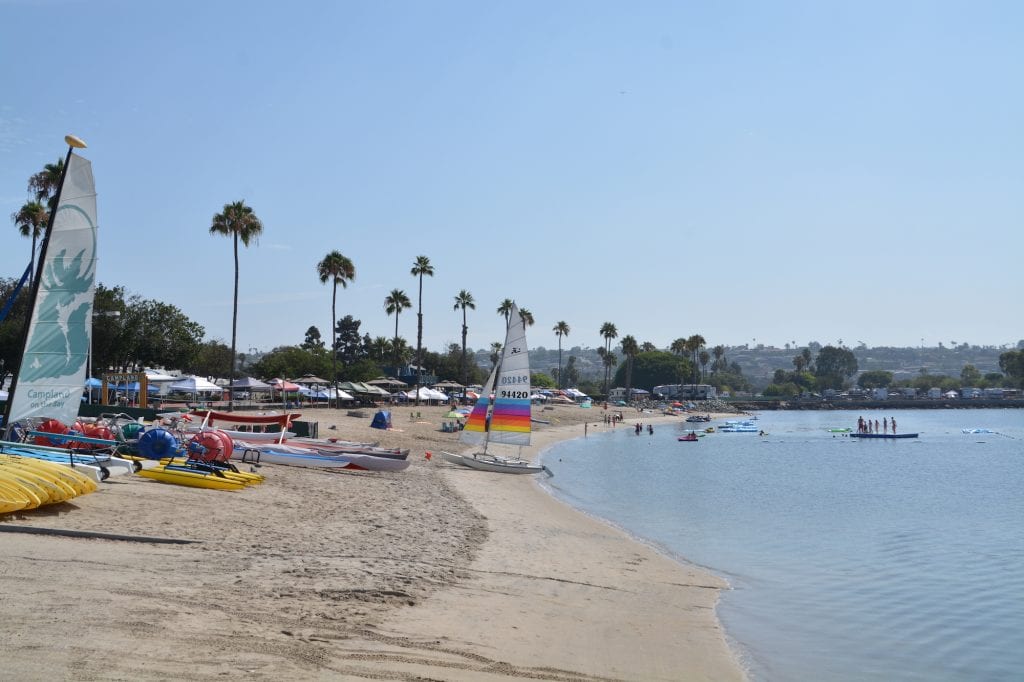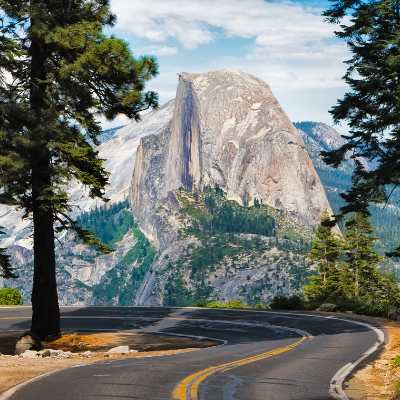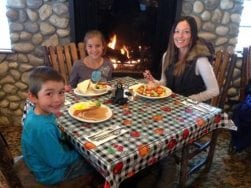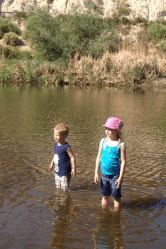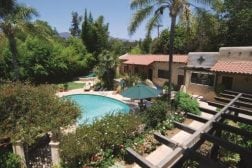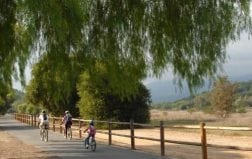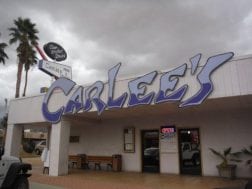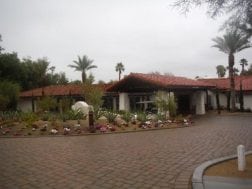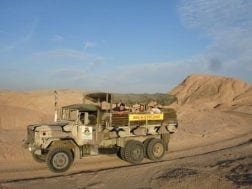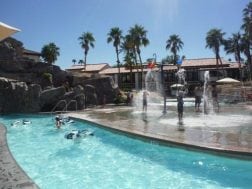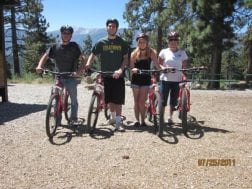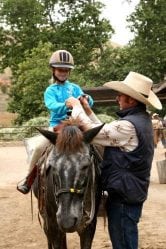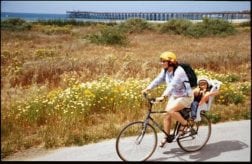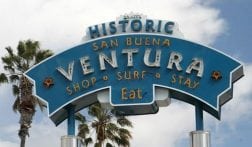Immerse in part of the country where battlefields, vineyards and modern culture meet.
On a cool Saturday morning earlier this year, the hem of my long, floral-print dress trailed across dew-covered grass at the Manassas National Battlefield Park in Prince William County, Va.
It was the first time that I, a descendant of enslaved African Americans and a native of the American South, had ever set foot on a Civil War battle site. While I grew up playing on a Louisiana dirt road named after Gen. P.G.T. Beauregard (commander of the main Confederate army at Manassas), as an adult I’ve steered clear of sites that preserve the memory of a war largely waged over whether to keep people like my ancestors enslaved. But on that morning, I walked the grounds of this history, stopping at a row of cannons lining a hill. I imagined the blasts of musket fire and bloodshed that occurred more than 160 years ago. The fallen bodies of men and boys even younger than my son, who is 18.
As I stepped away from the cannons, I returned a call to my friend Darlene, who is based in nearby Washington, D.C., and has written fiction set during the war. “Should you be visiting a Civil War battlefield at a time like this,” Darlene asked, “when the country is so divided and some folks seem to want to take us back to the old days?”
“Yes,” I answered. And then, more emphatically: “Yes, I should.”
Yes, we should. This era of political unrest and division is a critical opportunity for adults and children of all races and creeds, political parties and beliefs to fervently examine this country’s past, understand the echoes that still reverberate today and try not to repeat the worst of history.
While West Coast families often travel to our nation’s capital to absorb political history through its famous monuments and museums, Northern Virginia, situated just across the Potomac River, is its own archive: American Revolutionary beginnings, Civil War reckonings, African American history, aviation marvels and centuries-old farming traditions. Bonus: You and your family can explore this history while also enjoying the fruits of the area’s contemporary culture, entertainment and natural beauty.
Mapping NOVA
Before “there was a United States of America, there was the caste system, born in colonial Virginia,” Pulitzer Prize-winning author Isabel Wilkerson writes in her book “Caste: The Origins of Our Discontents.” She is referring to 1619, the year the first recorded Africans were brought to the New World, docking at Old Point Comfort, Va.
While NOVA (a shorthand locals have long given Northern Virginia) certainly has a complicated history, it is located 150 miles or so north of the infamous 1619 area and gives off a laidback East Coast vibe rather than a deeply Southern one. It is economically affluent, culturally diverse, densely populated and home to many federal and tech industry employees who work in the DMV (D.C., Maryland, Virginia) area. An interesting weave of cosmopolitan flair, small-town charm, rural gems and historic preservation, it comprises four counties (Loudoun, Fairfax, Arlington and Prince William), as well as some independent towns such as Alexandria and Manassas.
For our NOVA adventure, my family and I flew into Dulles International Airport and rented a car to help us explore the region freely. Each area was between 20-40 minutes from the airport.
Charmed in Loudoun County
We began our stay at Lansdowne Resort, a sprawling and peaceful resort that spans more than 470 acres along the Potomac River. Located in Leesburg, the AAA Four Diamond hotel includes 296 guestrooms, 45 holes of championship golf, multiple restaurants, a wellness spa, swimming pools, conference rooms and year-round family activities.
As my husband and son relaxed on their beds our first evening, I took a long stroll around the resort, passing the golf course glowing green under the setting sun, the Bark Park for furry friends and, a little farther down from the resort, Bazil Newman Riverfront Park. With access to Goose Creek and the Potomac, this nature haven is perfect for hiking, fishing, canoeing and kayaking.
Loudoun County boasts more than 50 award-winning wineries and tasting rooms, 30-plus craft breweries, farm-to-table dining, country inns and estates and gorgeous scenic vistas, but what most delighted me here were the cobblestone streets and quaint brick storefronts in downtown Leesburg. Founded in 1758, Leesburg was a strategic Civil War location, but while the architecture has been preserved, what stands on the other side of these buildings’ walls today are art galleries, boutiques and good eats.
We were dismayed to pull on the handle at Buford’s Biscuits and discover it was closed for the day, but our disappointment melted like butter as we settled into a booth at the 1950s-themed Leesburg Diner, a historic restaurant serving the community since 1865.
Family field trip: farms and NOVA wine country
Despite urbanization, Northern Virginia’s agricultural life has remained central to the area’s way of life. After breakfast, we drove to Great Country Farms, a staple in Loudoun County for more than 30 years. Located in rural Bluemont, it has been operated by multiple generations of the Zurschmeide family and offers pick-your-own experiences throughout the year and countless other ways to play and explore. We visited the goats and chickens, got giddy trying to make our way through a cage maze, pushed giant chess pieces with our feet and hopped on a tractor ride that rewarded us with beautiful views of the farm and the Blue Ridge Mountains in the distance. In the general store, we bought cider-spiced doughnuts and candles poured inside Virginia wine bottles, the perfect segue to our next stop: Bluemont Vineyard. Situated in the hills above the farm, the vineyard was also founded by the Zurschmeide family.
While Virginia’s tourism slogan is “Virginia is for Lovers,” its wine community’s motto is “Virginia is for Wine Lovers.” Here is a wine country story that tried, failed and tried again, one that can be traced back to settlers and some of the founding fathers. Today’s wine community (with 5,000 acres of grapes, 100 wineries in Northern Virginia and 300 in the whole state), reflects Virginians’ determination, creativity and agricultural roots — from subsistence farming to modern agritourism.
In Bluemont’s light-filled tasting room, my family and I sat just on the other side of a wide door that opened to sweeping views of the rolling vineyards. Locals say the wine country here is more reminiscent of Europe than California. We sunk down into cognac-colored leather couches, dipped torn pieces of warm baguette into a lush crab dip and followed the decadence up with sips of Albariño, its notes of green apple, candied lemon and grapefruit like a breeze tap dancing on our tongues.
With more sophistication than I could muster, our teen sipped from his wine glass filled with sparkling apple cider. In a couple years, he’ll insist on the real thing, so I captured this sweet moment on camera for us to chuckle over in the future.
Flying high
There’s something almost cathedral-like about standing under the massive bodies of more than 200 aircraft and spacecraft hanging overhead at the Smithsonian’s National Air and Space Museum Steven F. Udvar-Hazy Center in the Fairfax County town of Chantilly.
This lesser-known sister site of D.C.’s National Air and Space Museum is adjacent to Dulles and houses nearly 3,000 artifacts, memorabilia and archival materials that chronicle the history of aviation and spaceflight, including Space Shuttle Discovery, the B-29 Superfortress Enola Gay that dropped the first atomic bomb on Hiroshima, a NASA android and the record-setting SR-71 Blackbird.
After vacillating between awe over innovative genius to sorrow over reminders of how technology has been used to destroy, we were up for something grounding when we emerged from this stunning museum. For my family, chocolate is always the perfect antidote, so we drove just 3 miles to get to River Sea Chocolates, a husband-and-wife-owned chocolate factory and retail shop that creates sustainable single-origin chocolates from bean to bar.
That evening, we met up with my sister and her family (she and her husband are two of the tri-state area’s many federal employees) at Perch Putt, an 18-hole miniature golf course located 11 stories in the sky on top of a new performing arts center in the heart of Tysons, Va. You can grab a cocktail from the Tiki bar or a snack from vintage food trucks, but we were all so wrapped up in our mini-golf competition that we missed ordering from the food trucks before they closed. Led by our growling bellies, we headed to Sisters Thai — the best Thai I’ve had outside L.A. (Though I haven’t visited Thailand yet — it’s on my list!)
After dinner, we checked into The Hyatt Regency Tysons Corner Center, which is connected to Tysons Corner Center’s 300 or so stores and restaurants as well as the Tysons Silver Line Metrorail station. The hotel features 300 stylish rooms and opens out onto the Pen Fed Plaza at Tysons Corner Center.
An expansive living room with floor-to-ceiling windows separated our master suite from our son’s, making us all happy (and luxurious) campers. With the lights of Tysons’ skyscrapers shining outside our windows, I imagined us in a time travel machine — spending one moment in 18th and 19th century America, then dropping solidly back into the present day with all its sleek modernity and conveniences.
Retreating at Great Falls Park
The sound of water — whether a small desk fountain or ocean waves — can always calm and refresh the senses. Since my family’s vacation itinerary was as packed as a can of sardines, we were relieved to let our attachment to our schedule slip away under the rushing sounds of Great Falls Park in McLean, Va.
The 800-acre national park features hiking trails and picnic areas, but the main treat is watching the Potomac River rev up speed and force as it falls over steep, jagged rocks and flows through the narrow Mather Gorge, forming Class V whitewater rapids. The ruins of the Patowmack Canal, an effort started by George Washington, offer a glimpse into the early history of this country. We visited each of the three overlooks to enjoy a different vantage point of the raging river. (Entry into Great Falls is $20 per vehicle unless you have a National Parks pass.)
Considering the old and new
Next year marks the United States’ 250th anniversary, and institutions that focus on American history are swamped with commemoration planning. During a time when who gets to teach and write about our nation’s past is being challenged, weaving history lessons into family trips is one way to keep our kids and teens curious and to help them contextualize current events and movements. The upcoming Semiquincentennial is a timely conversation starter.
Several key figures of the American Revolution — George Washington, Thomas Jefferson, James Madison, Patrick Henry — emerged from the Northern Virginia area, and while I had never considered visiting the historic homes of any of these men before, I’m glad my family and I explored George Washington’s mansion, Mount Vernon, during this trip. In preparation for next year’s commemoration, a major landmark preservation project was underway. On LAParent.com, one of our writers previously wrote about Mount Vernon, so all I want to add is that as we toured the mansion, the slave quarters and took a cruise on the Potomac, I was pleased that the docents balance telling the “founding father” story with how the hundreds of enslaved people Washington and his famous wife, Martha, owned contributed mightily to building his wealth — and the wealth of America.
Our darting in and out of the past continued with a walking tour of the beautiful port city Alexandria, which boast’s the nation’s third oldest historic district, ghost tours, African American heritage trails, the Freedom House Museum and King Street Mile, lined with more than 200 independent shops and restaurants tucked in architecture dating back to the 18th and 19th centuries.
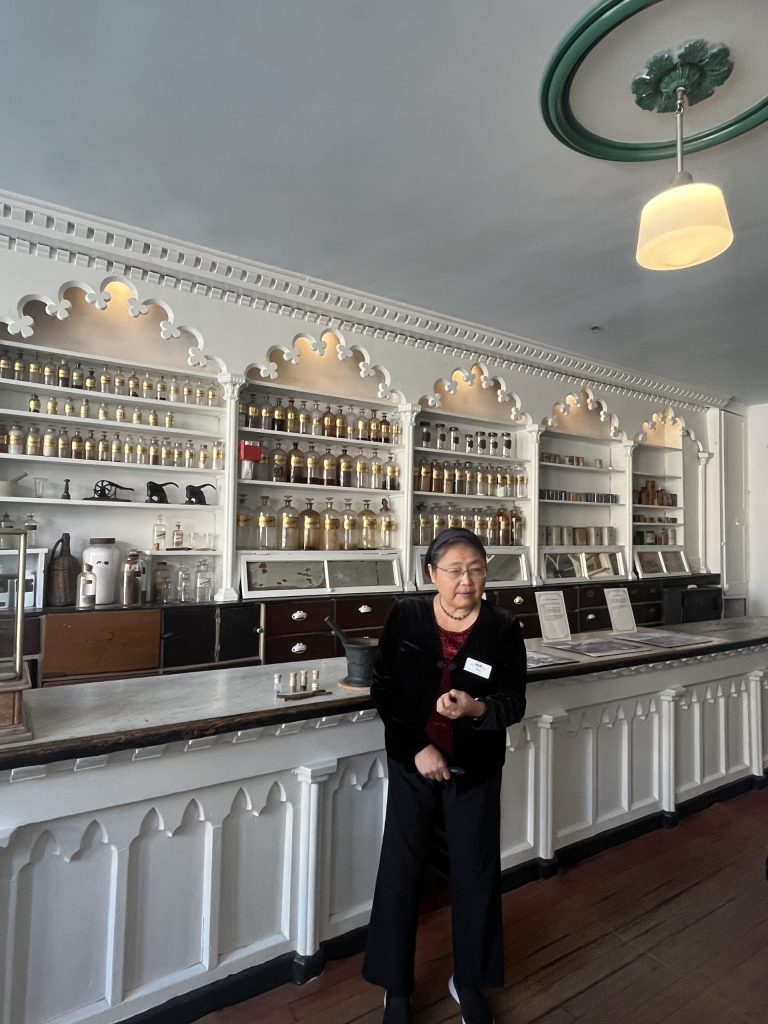
We walked along the waterfront, took pictures in front of the Spite House (America’s “skinniest home”), checked out arts and crafts at the Torpedo Factory Art Center and were mesmerized by how walking into the Stabler-Leadbeater Apothecary Museum felt like stepping into 1792, which is when young Quaker pharmacist Edward Stabler first opened it. More than 15,000 objects still remain as part of the museum’s collection, and I was intrigued to see some of the herbs and potions (snake root, castor oil, pickle spice) that my grandmother (born in 1908) once used sitting on these old shelves.
Harry Potter fans will also recognize some of the names on the bottles here since the ingredients were used in the characters’ potions — a reminder (like so much of this NOVA visit) that everything old becomes new again.
Cassandra Lane is Editor-in-Chief of L.A. Parent and author of We Are Bridges. She and her husband are newly empty nesters.
If You Go
- Getting there: LAX to IAD (Dulles International Airport), a 25- to 40-minute drive to most sites. Beware of toll roads. Visit tollroadsinvirginia.com for instructions.
- Rent a car: for ease of travel between counties and towns.
- Best season: Fall for rich foliage colors and spring for cherry blossoms, but winter offers fewer crowds. October is Virginia Wine Month.
- Tips:
- Wear comfortable walking shoes.
- Layer clothing for changing temperatures.
- Balance educational stops with fun/active ones.
- NOVA tourism websites for events and seasonal activities:
- NOVA: NorthernVA.org
- Alexandria: VisitAlexandriaVA.com
- Fairfax County: FXVA.com
- Arlington: StayArlington.com
- Loudoun County: VisitLoudoun.org
- Prince William County: VisitPWC.com



